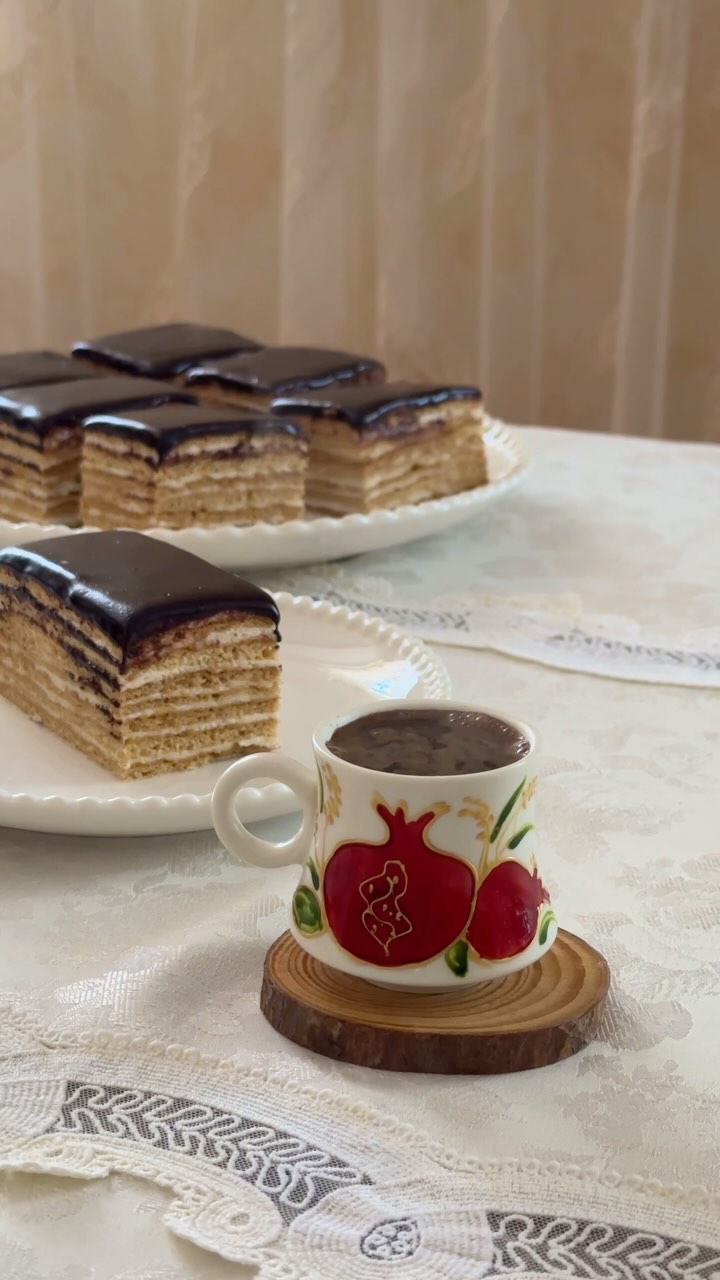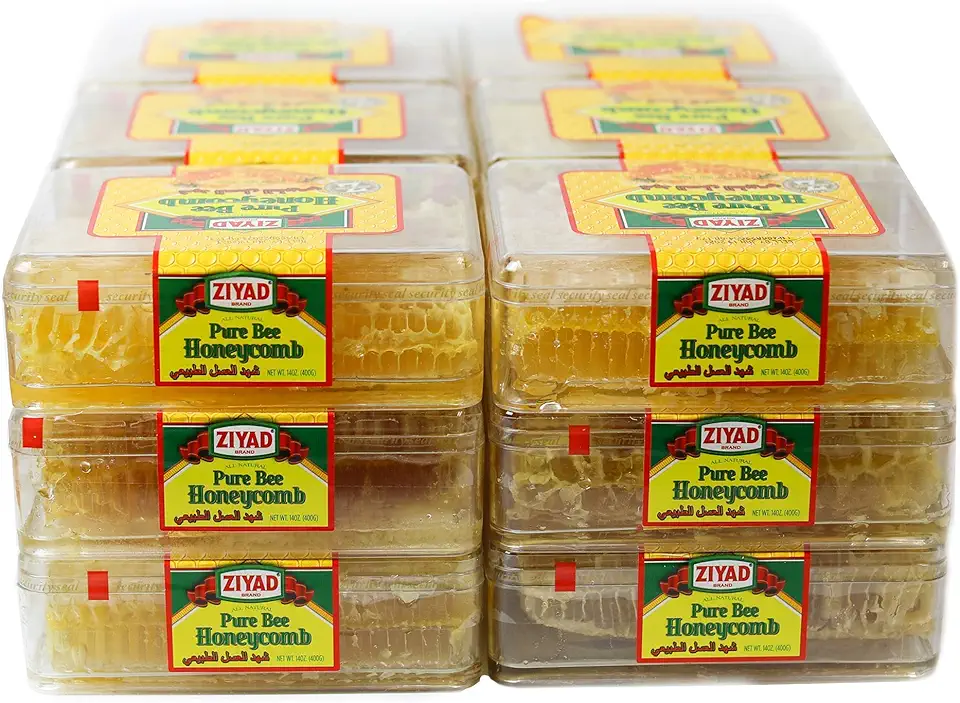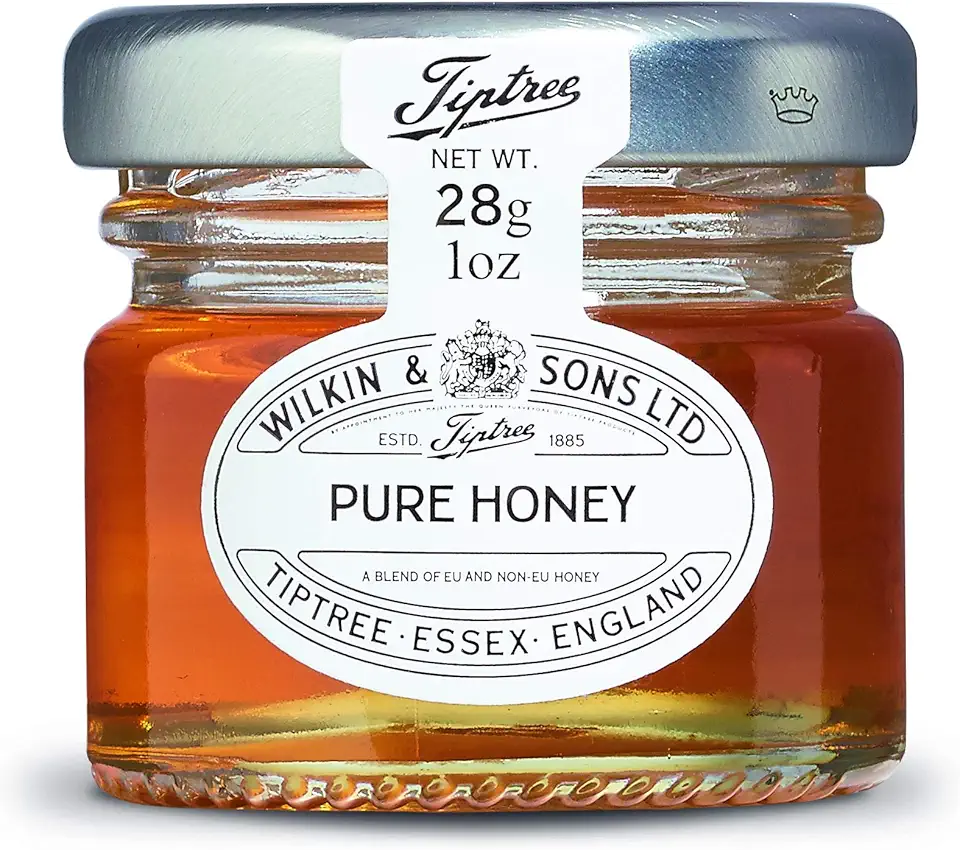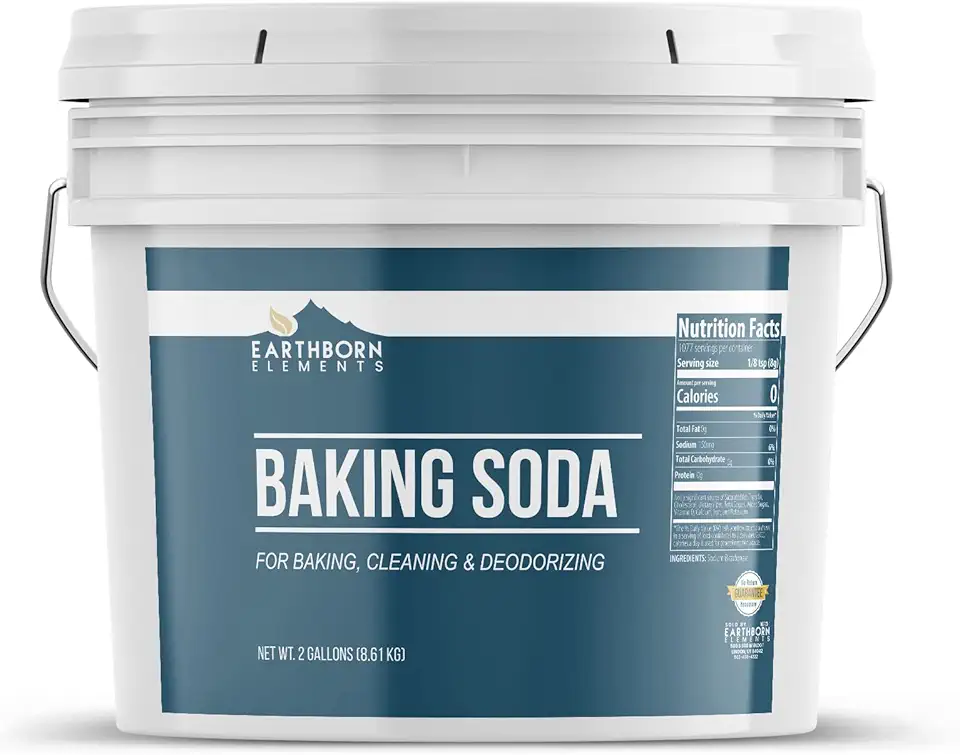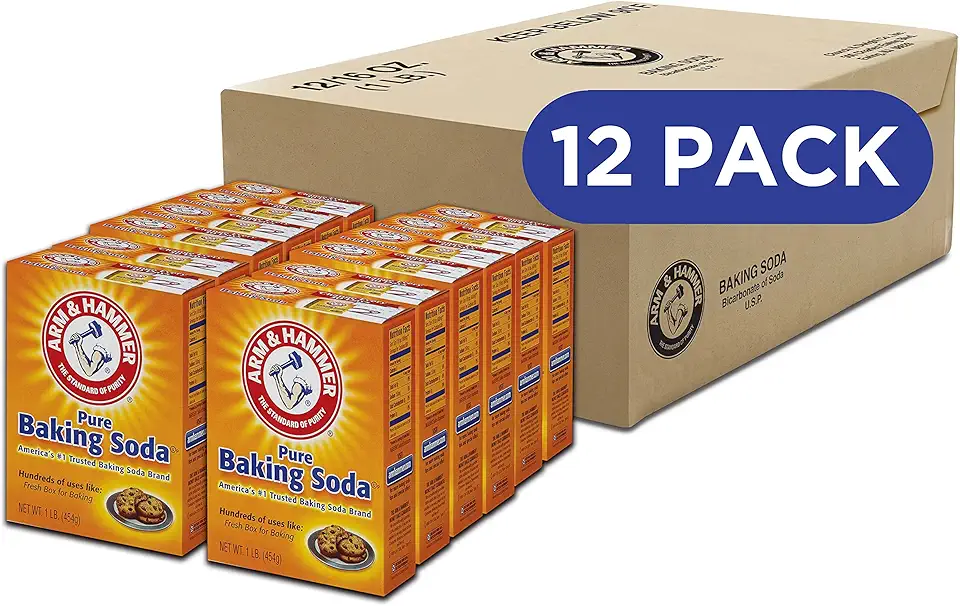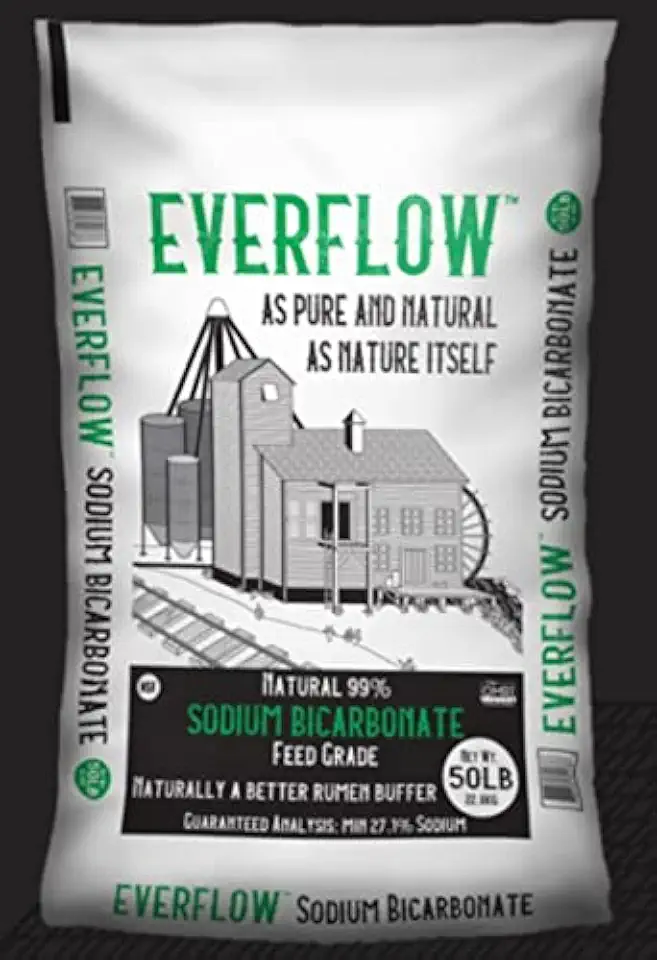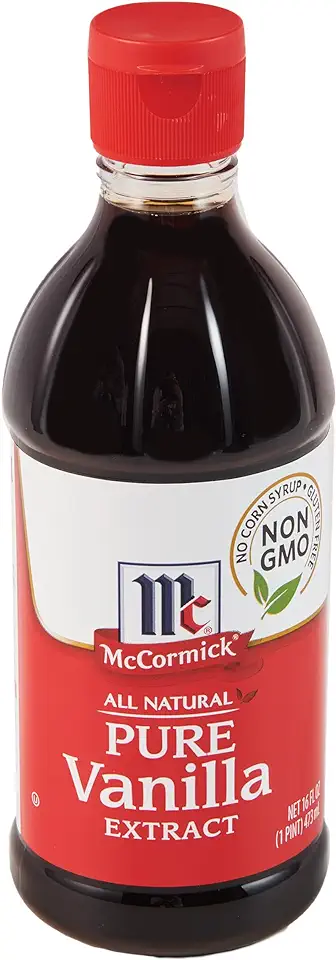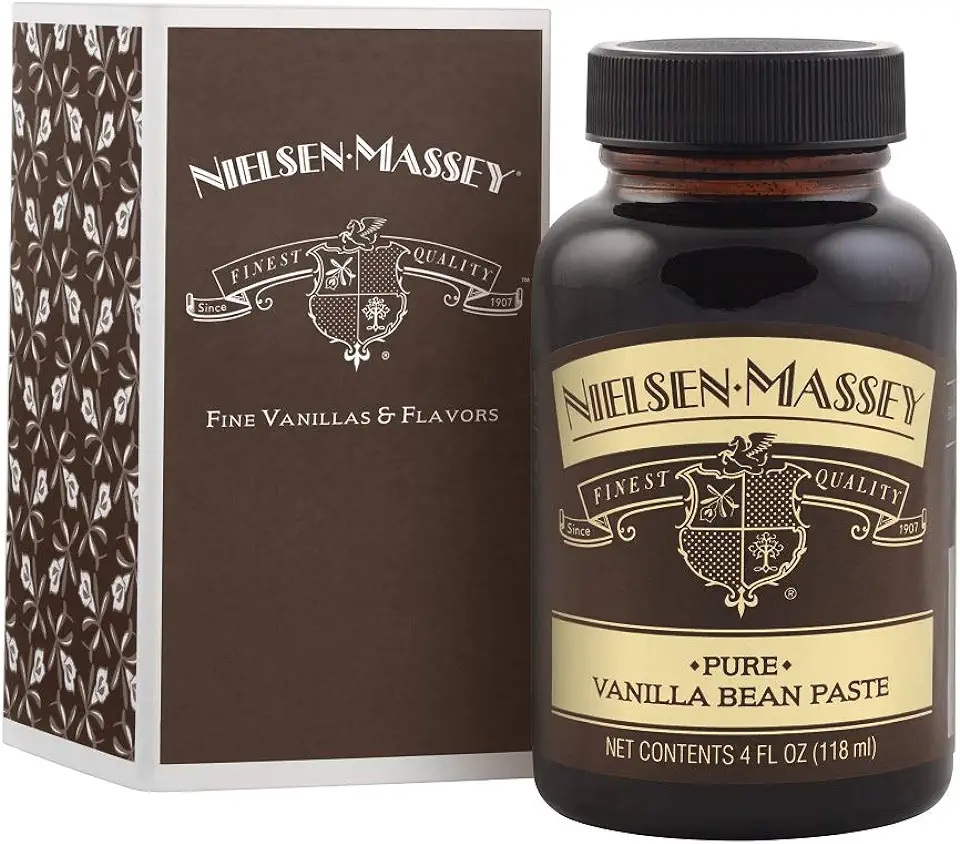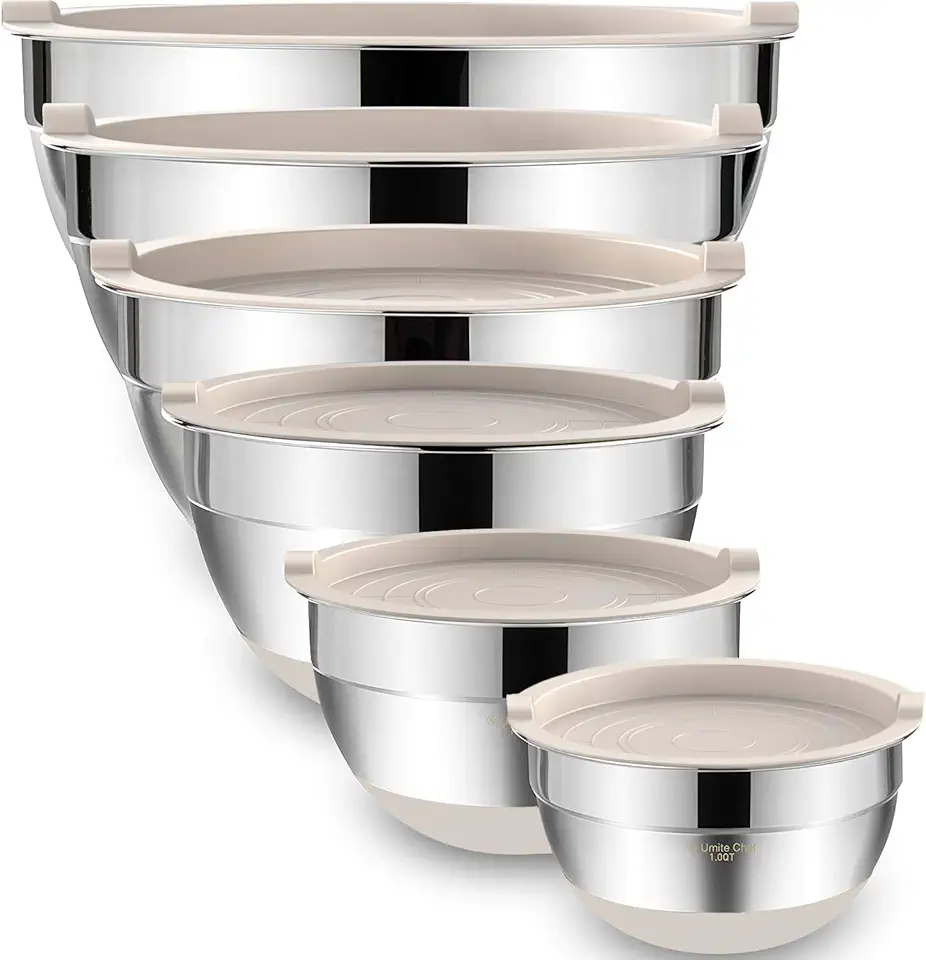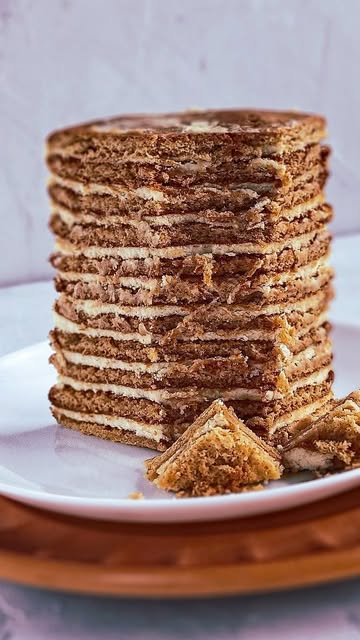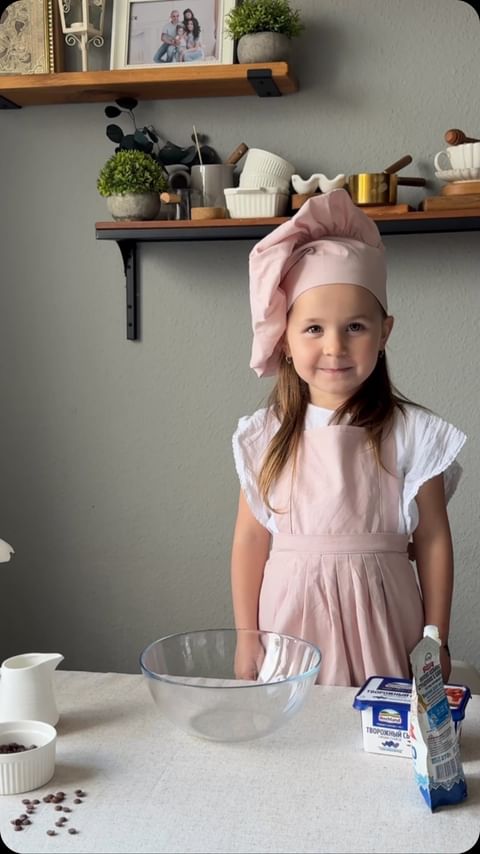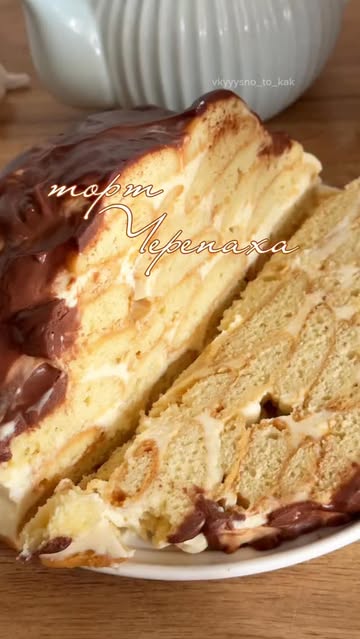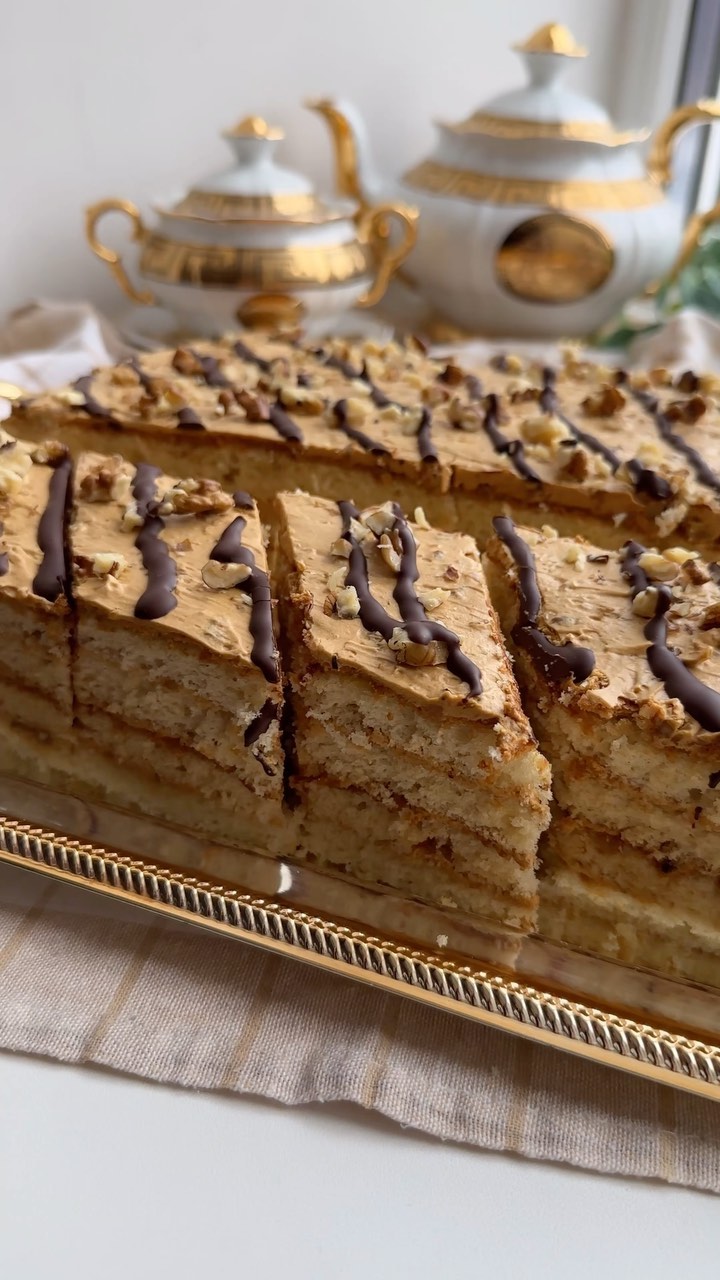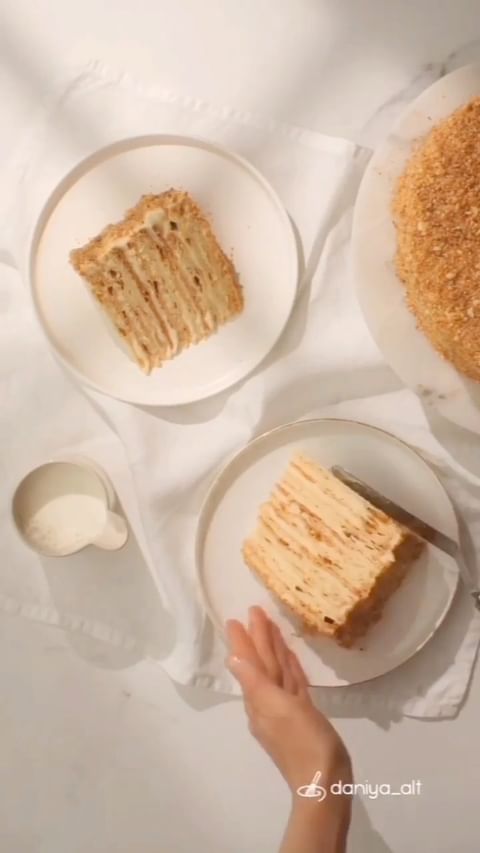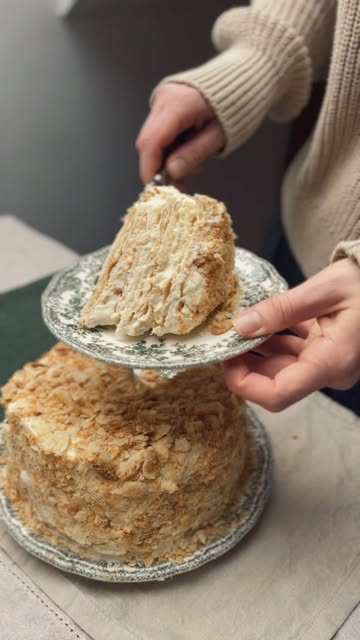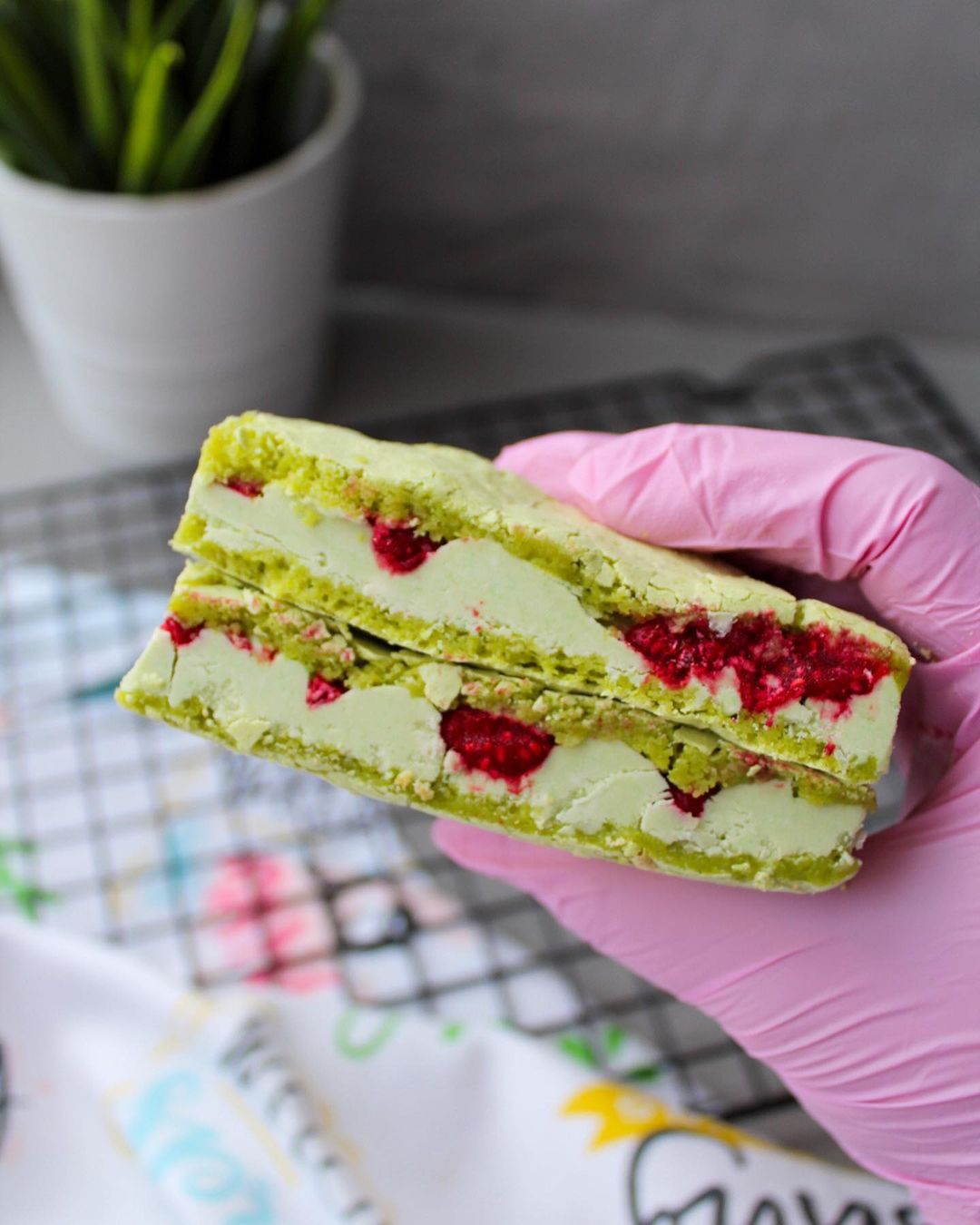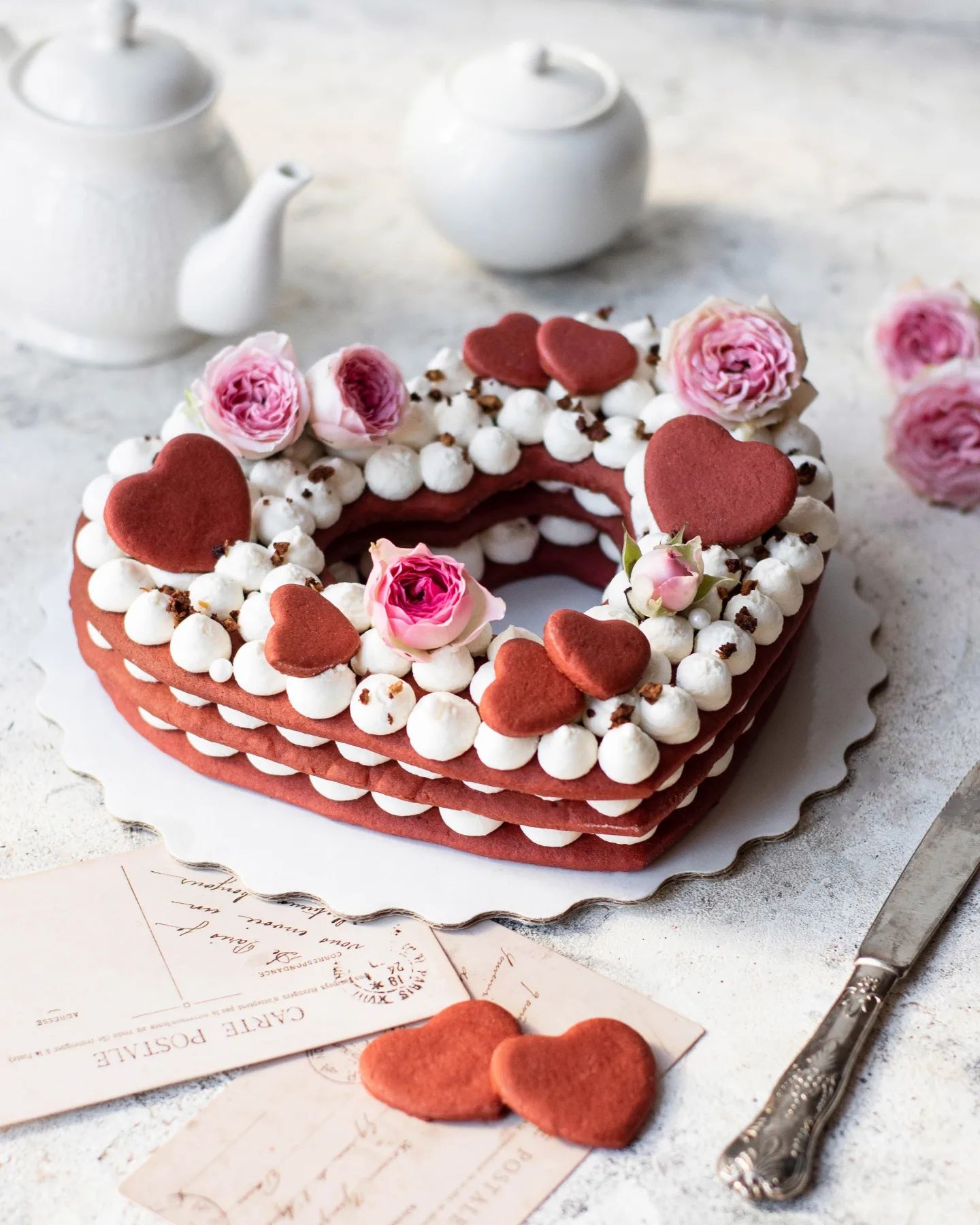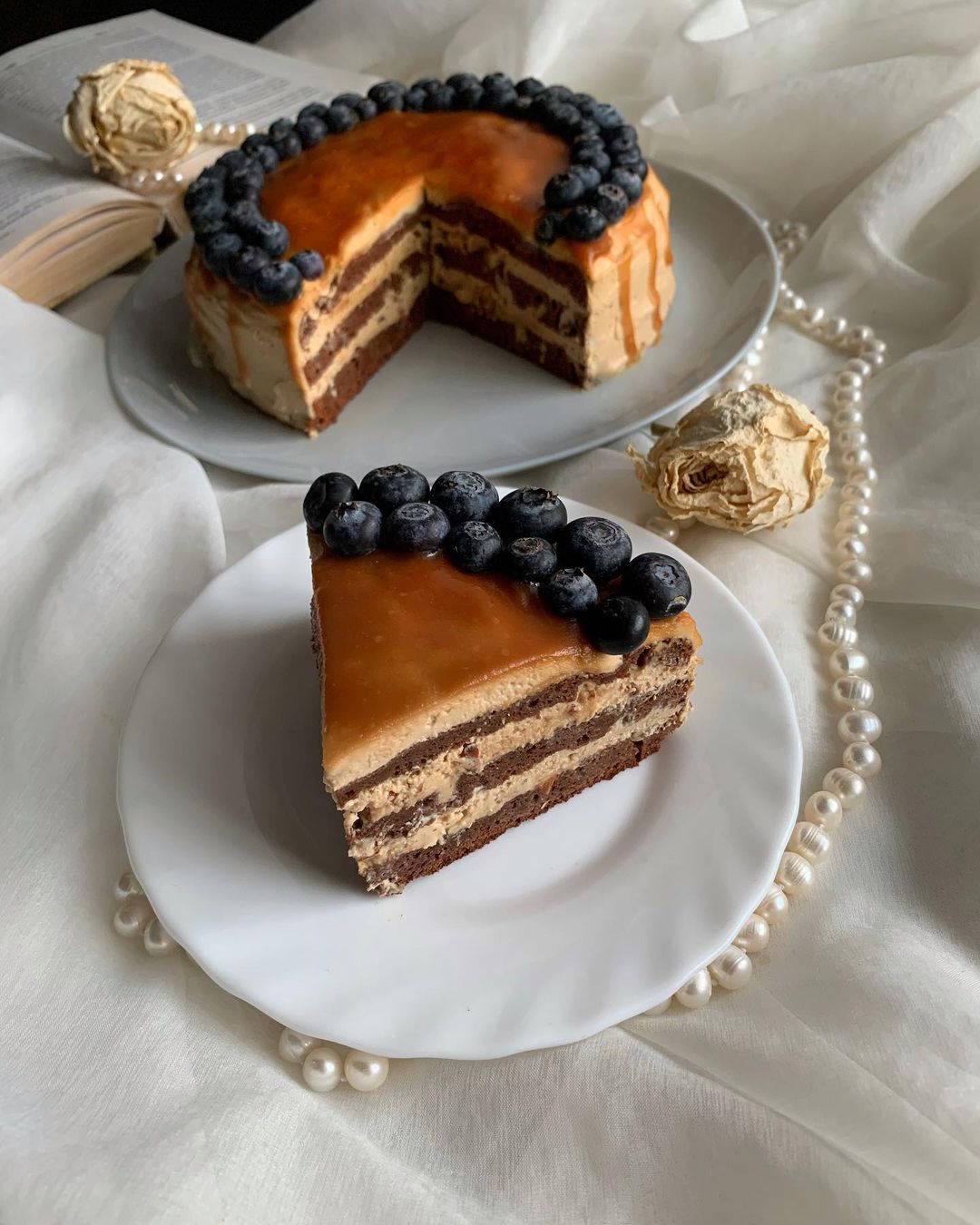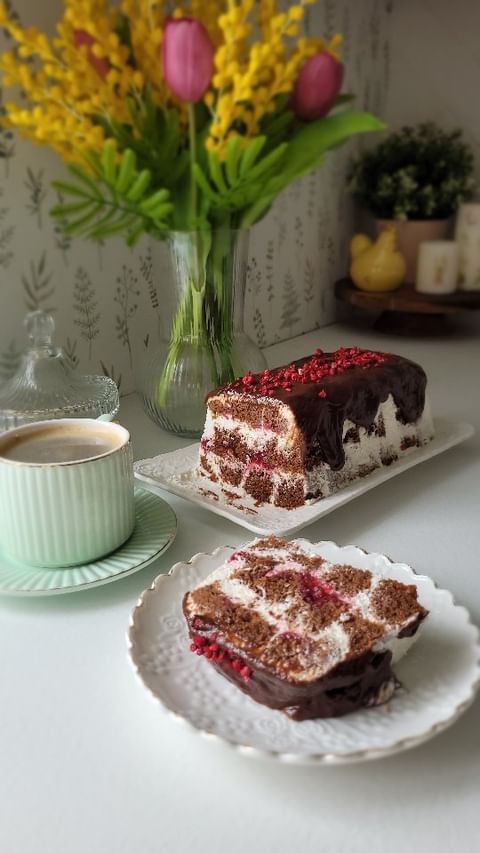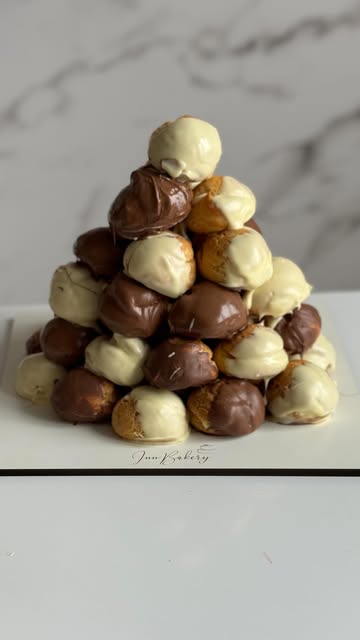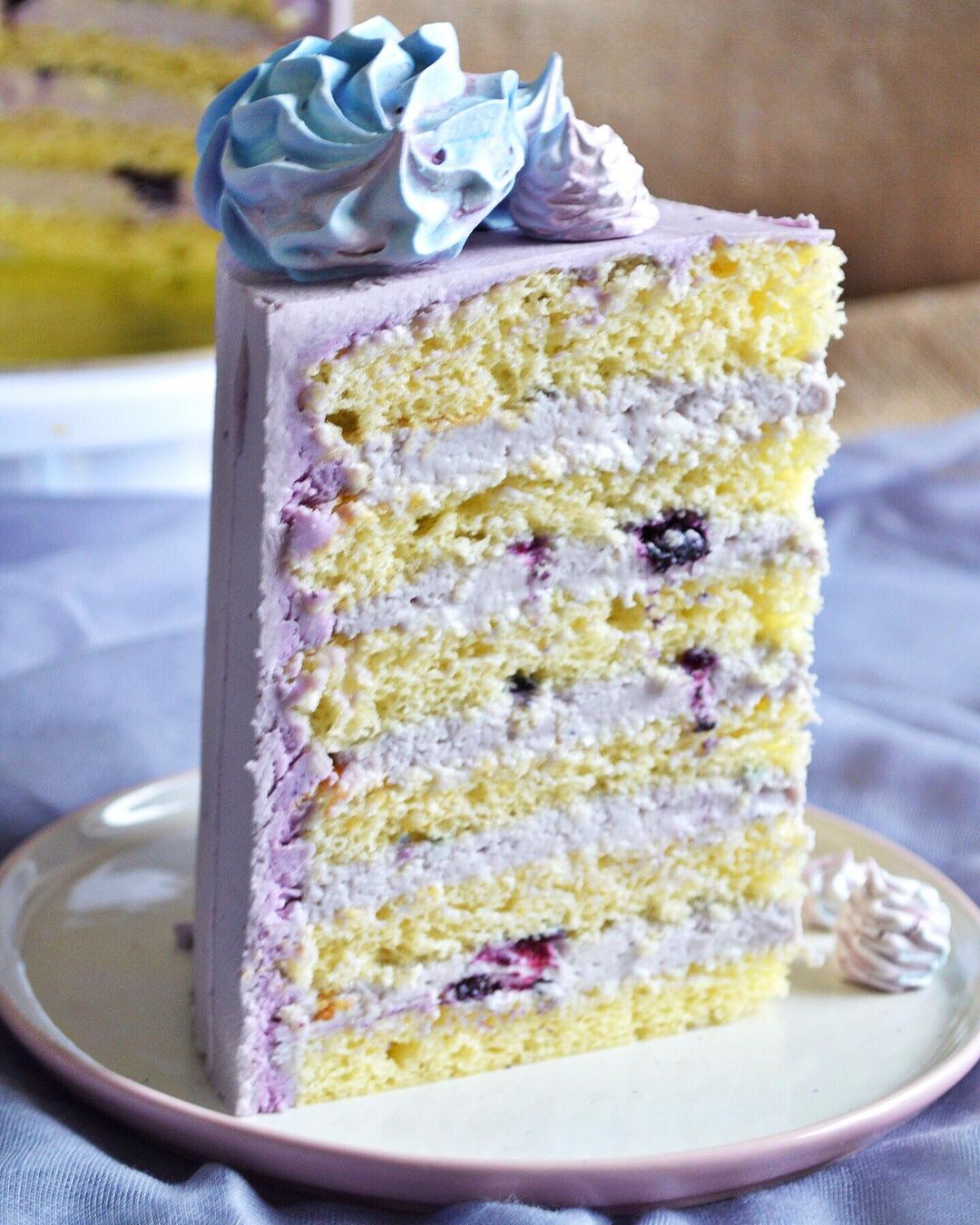Ingredients
Cake Layers
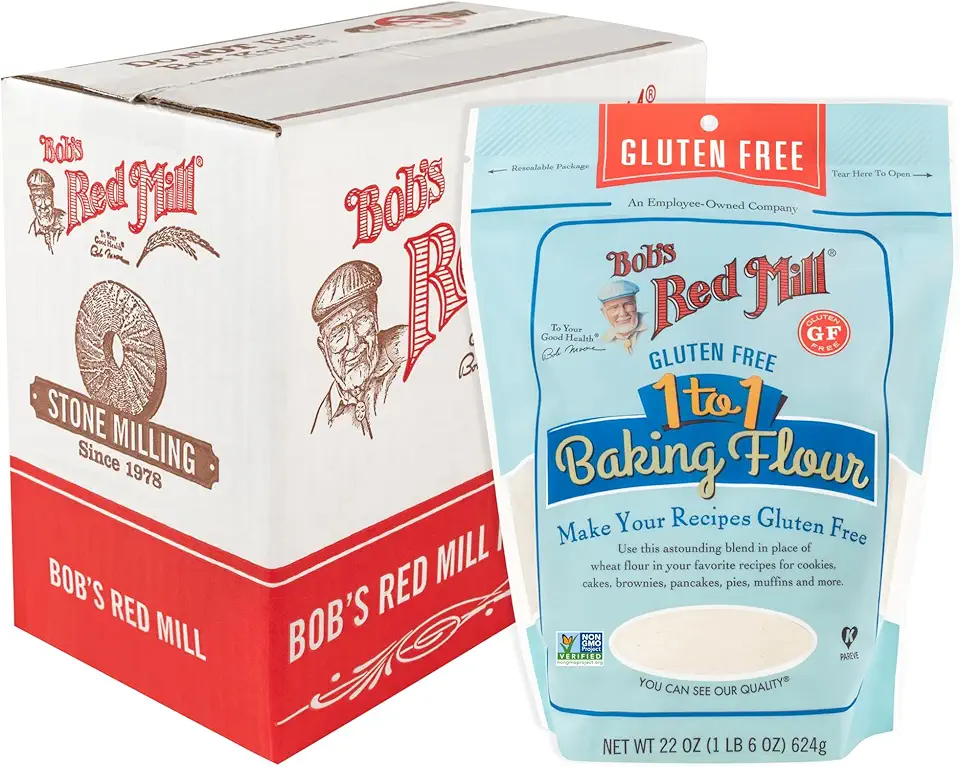 Bob's Red Mill Gluten Free 1-to-1 Baking Flour, 22 Ounce (Pack of 4)
$23.96
View details
Prime
Bob's Red Mill Gluten Free 1-to-1 Baking Flour, 22 Ounce (Pack of 4)
$23.96
View details
Prime
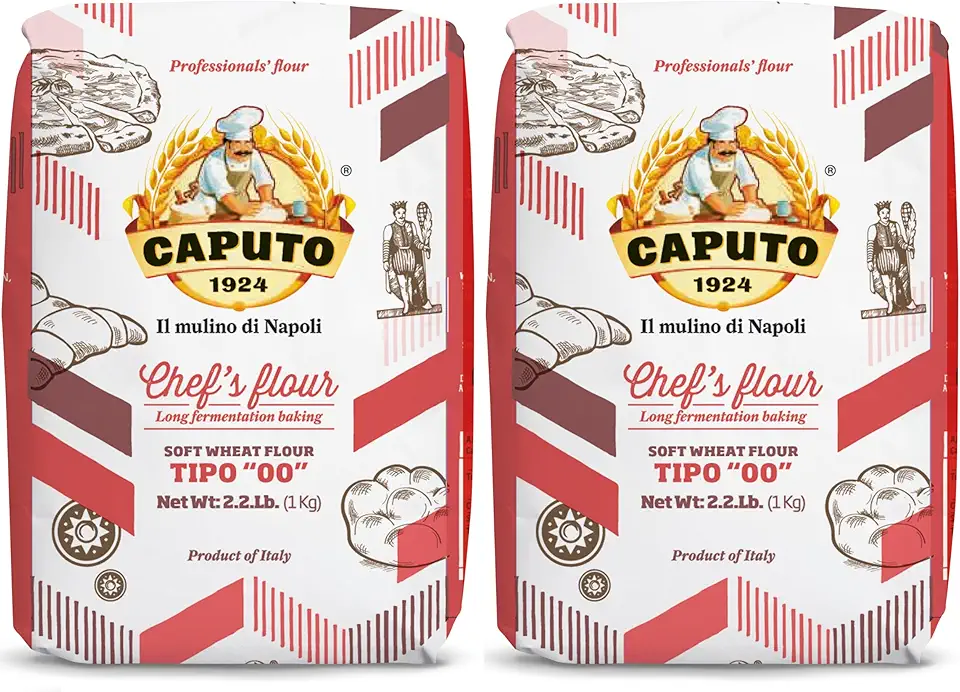 Antimo Caputo Chefs Flour - Italian Double Zero 00 - Soft Wheat for Pizza Dough, Bread, & Pasta, 2.2 Lb (Pack of 2)
$16.99
View details
Prime
best seller
Antimo Caputo Chefs Flour - Italian Double Zero 00 - Soft Wheat for Pizza Dough, Bread, & Pasta, 2.2 Lb (Pack of 2)
$16.99
View details
Prime
best seller
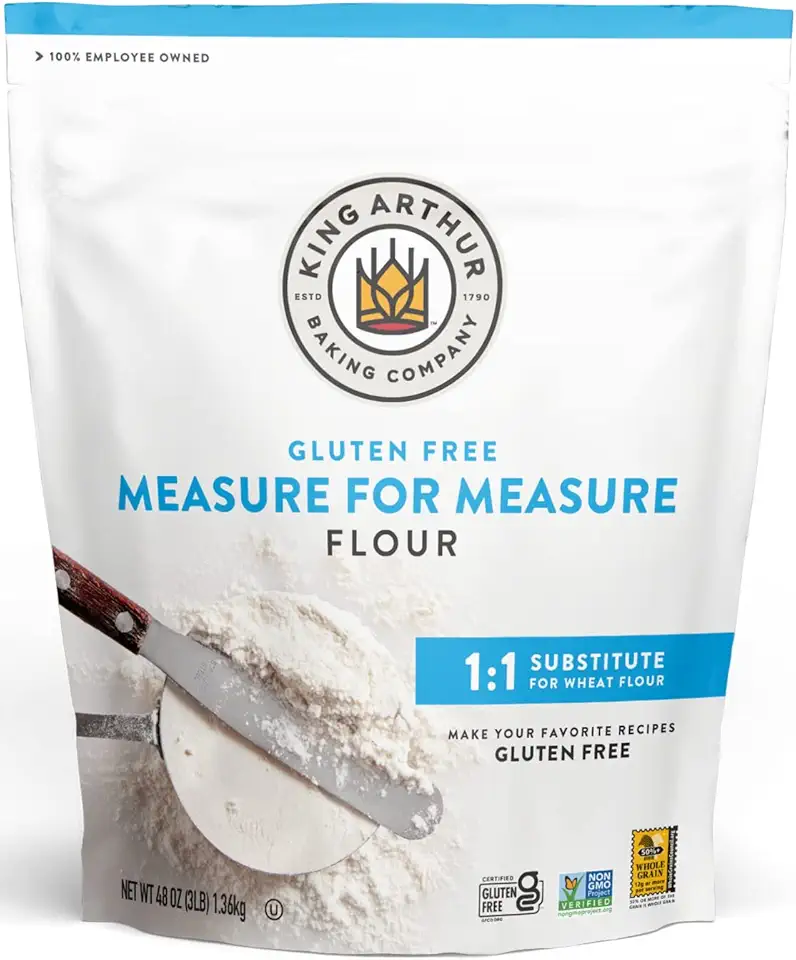 King Arthur, Measure for Measure Flour, Certified Gluten-Free, Non-GMO Project Verified, Certified Kosher, 3 Pounds, Packaging May Vary
$8.62
View details
King Arthur, Measure for Measure Flour, Certified Gluten-Free, Non-GMO Project Verified, Certified Kosher, 3 Pounds, Packaging May Vary
$8.62
View details
 Kevala Cashew Butter 7 Lbs Pail
$83.62
View details
Prime
best seller
Kevala Cashew Butter 7 Lbs Pail
$83.62
View details
Prime
best seller
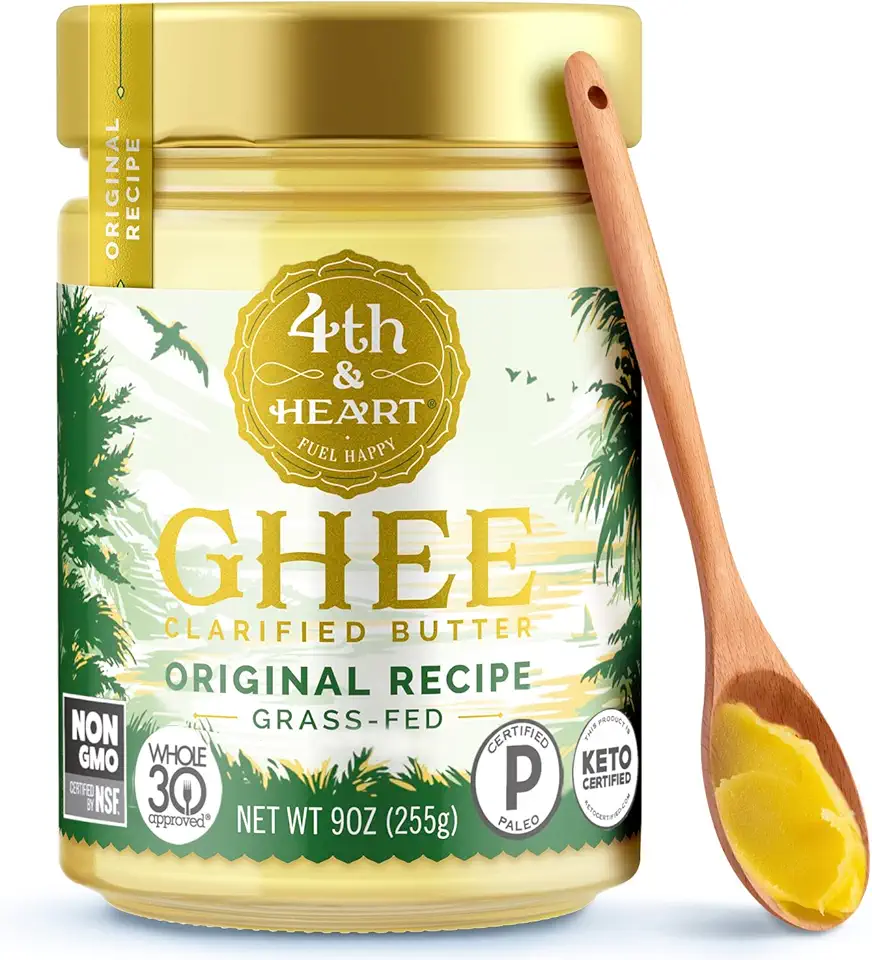 4th & Heart Original Grass-Fed Ghee, Clarified Butter, Keto, Pasture Raised, Lactose and Casein Free, Certified Paleo (9 Ounces)
$11.49
View details
Prime
4th & Heart Original Grass-Fed Ghee, Clarified Butter, Keto, Pasture Raised, Lactose and Casein Free, Certified Paleo (9 Ounces)
$11.49
View details
Prime
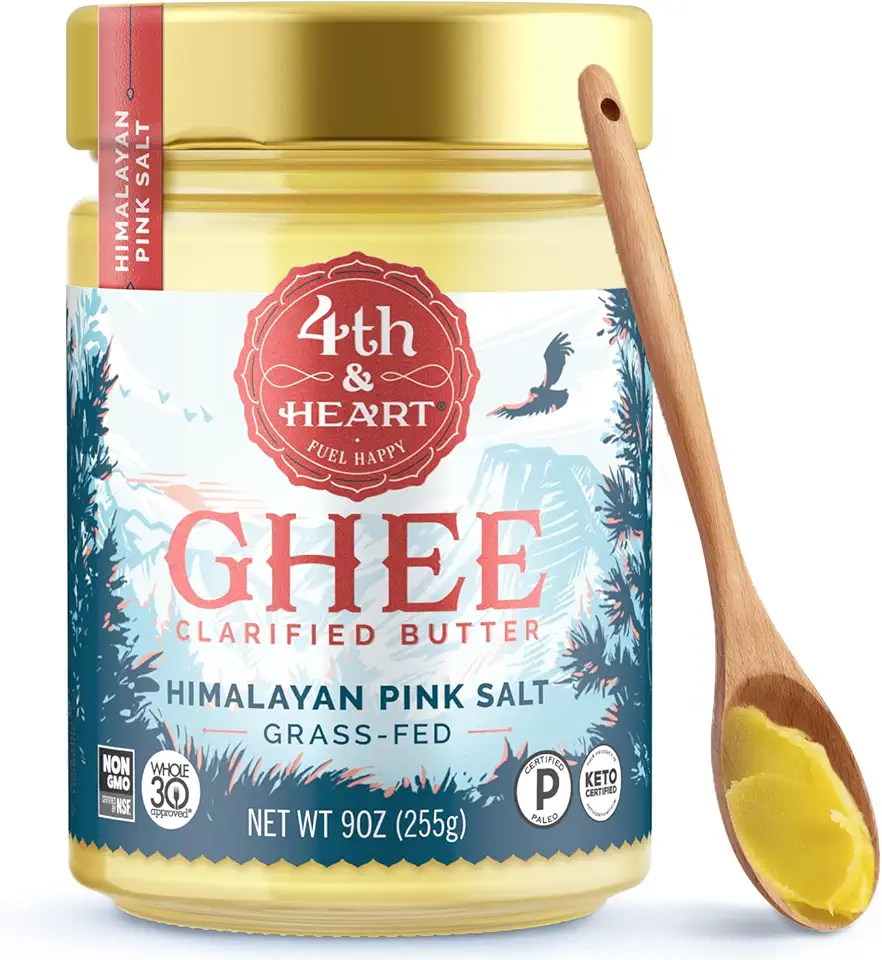 4th & Heart Himalayan Pink Salt Grass-Fed Ghee, Clarified Butter, Keto Pasture Raised, Non-GMO, Lactose and Casein Free, Certified Paleo (9 Ounces)
$9.49
View details
4th & Heart Himalayan Pink Salt Grass-Fed Ghee, Clarified Butter, Keto Pasture Raised, Non-GMO, Lactose and Casein Free, Certified Paleo (9 Ounces)
$9.49
View details
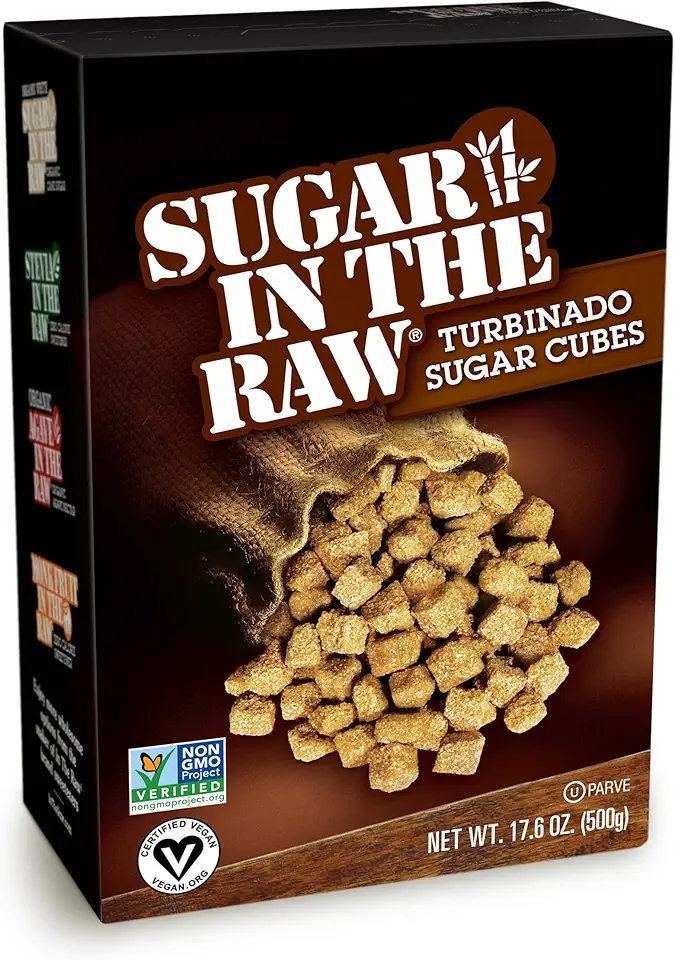 Sugar In The Raw Granulated Turbinado Cane Sugar Cubes, No Added Flavors or erythritol, Pure Natural Sweetener, Hot & Cold Drinks, Coffee, Vegan, Gluten-Free, Non-GMO,Pack of 1
$5.27
View details
Prime
Sugar In The Raw Granulated Turbinado Cane Sugar Cubes, No Added Flavors or erythritol, Pure Natural Sweetener, Hot & Cold Drinks, Coffee, Vegan, Gluten-Free, Non-GMO,Pack of 1
$5.27
View details
Prime
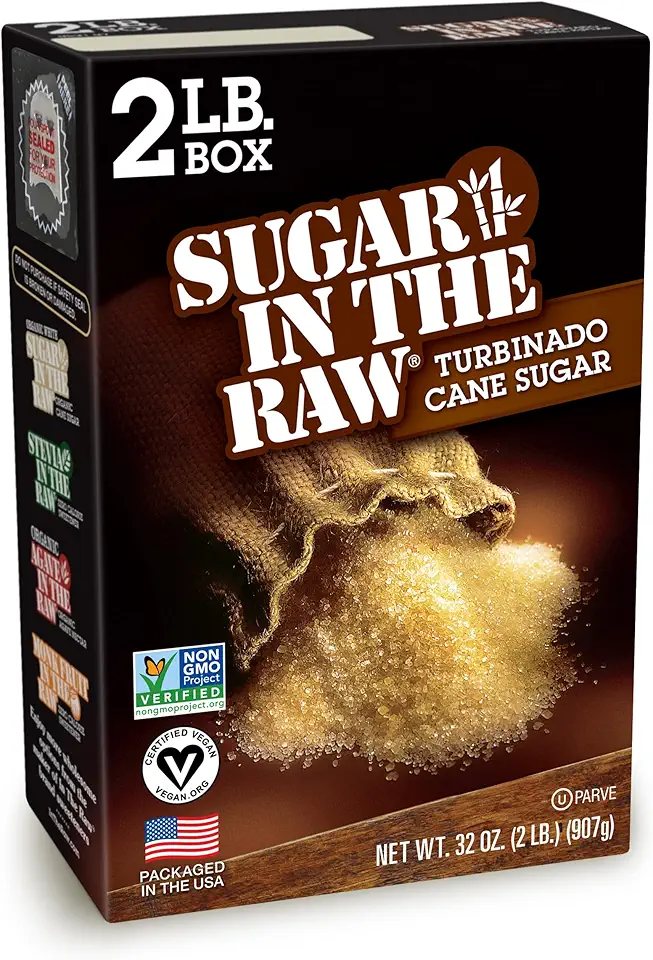 Sugar In The Raw Granulated Turbinado Cane Sugar, No Added Flavors or erythritol, Pure Natural Sweetener, Hot & Cold Drinks, Coffee, Baking, Vegan, Gluten-Free, Non-GMO, Bulk Sugar, 2lb Bag (1-Pack)
$3.74
$4.14
View details
Prime
Sugar In The Raw Granulated Turbinado Cane Sugar, No Added Flavors or erythritol, Pure Natural Sweetener, Hot & Cold Drinks, Coffee, Baking, Vegan, Gluten-Free, Non-GMO, Bulk Sugar, 2lb Bag (1-Pack)
$3.74
$4.14
View details
Prime
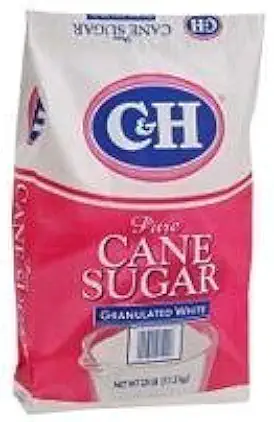 C&H Pure Cane Granulated White Sugar, 25-Pound Bags
$56.99
$49.98
View details
C&H Pure Cane Granulated White Sugar, 25-Pound Bags
$56.99
$49.98
View details
Cream
Glaze
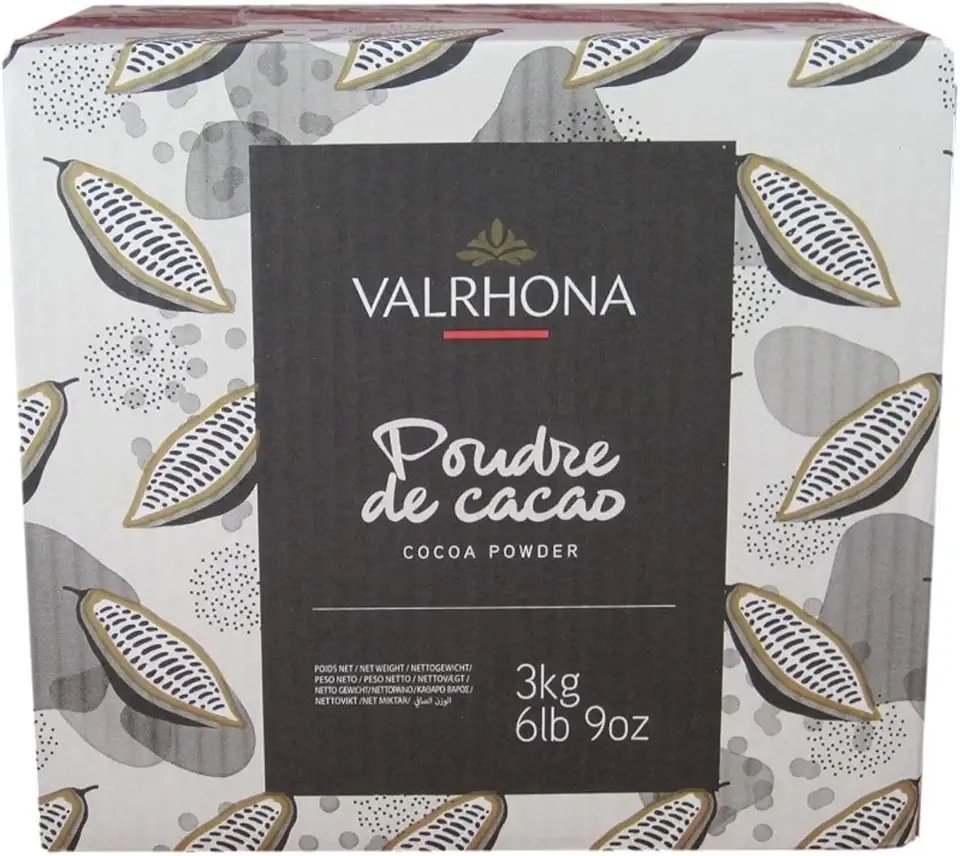 Valrhona Cocoa Powder - 3 kg
$84.95
View details
Prime
best seller
Valrhona Cocoa Powder - 3 kg
$84.95
View details
Prime
best seller
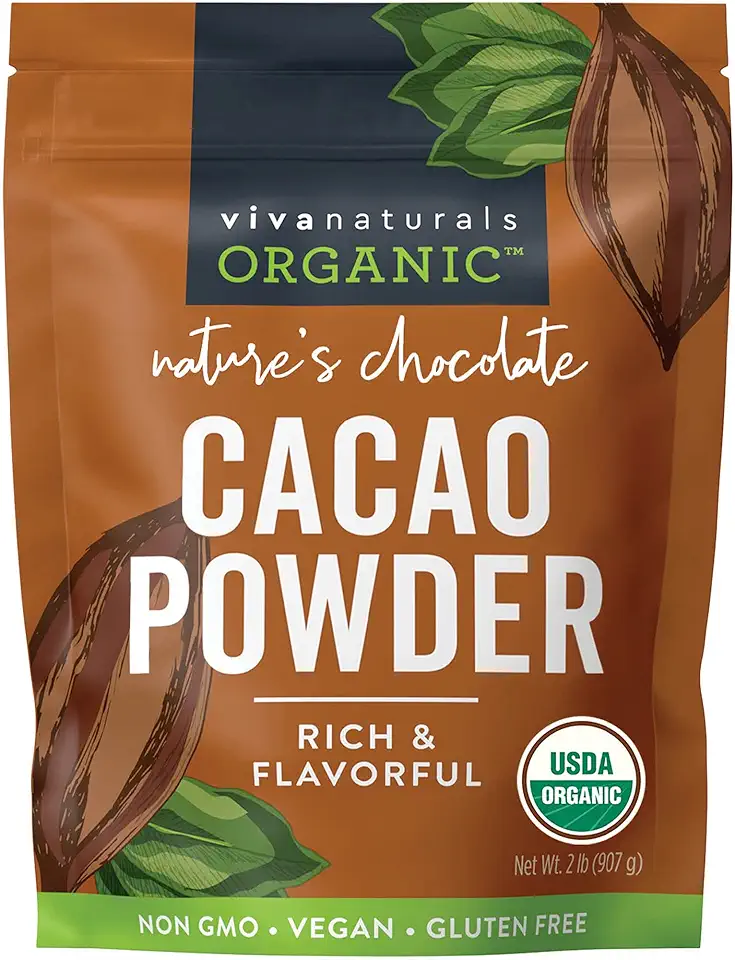 Viva Naturals Organic Cacao Powder, 2lb - Unsweetened Cocoa Powder With Rich Dark Chocolate Flavor, Perfect for Baking & Smoothies - Certified Vegan, Keto & Paleo, Non-GMO & Gluten-Free, 907 g
$20.49
View details
Viva Naturals Organic Cacao Powder, 2lb - Unsweetened Cocoa Powder With Rich Dark Chocolate Flavor, Perfect for Baking & Smoothies - Certified Vegan, Keto & Paleo, Non-GMO & Gluten-Free, 907 g
$20.49
View details
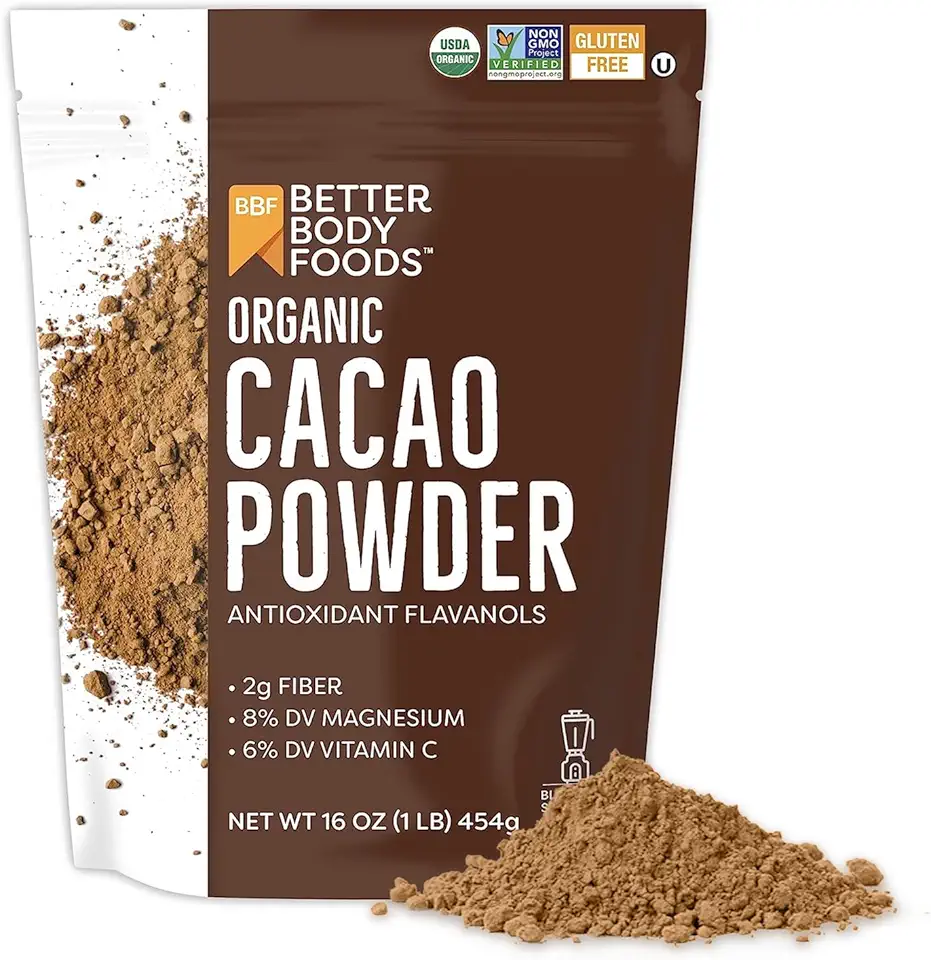 BetterBody Foods Organic Cacao Powder, Rich Chocolate Flavor, Non-GMO, Gluten-Free, Cocoa, 16 ounce, 1 lb bag
$10.41
View details
BetterBody Foods Organic Cacao Powder, Rich Chocolate Flavor, Non-GMO, Gluten-Free, Cocoa, 16 ounce, 1 lb bag
$10.41
View details
Instructions
Step 1
Start by making the cream's custard part. Heat 400 milliliters (13.5 fluid ounces) of milk in a saucepan. Separately, mix 200 milliliters (6.5 fluid ounces) of milk with flour. Gradually add this mixture to the heated milk through a sieve, constantly stirring. Use a whisk to mix until the flour mixture starts boiling and thickens. Once it thickens and begins to boil, remove from heat. Cover with plastic wrap, ensuring it touches the surface, and let it cool completely in a cold place.
Step 2
Mix all ingredients for the dough, except for the flour and baking soda, in a heatproof bowl. Place the bowl over a pot of simmering water and stir continuously until the ingredients dissolve. Add the baking soda and remove from heat immediately. The mixture will double in size! Let it rest for 15 minutes, then gradually incorporate the flour. Knead the dough and divide it into 7-8 equal parts. Chill in the refrigerator for one hour.
Step 3
Beat butter at room temperature with sugar until creamy. Gradually incorporate the custard mixture. Add vanilla sugar at the end and mix until smooth.
Step 4
In a saucepan, combine sugar and cocoa powder. Add milk and stir continuously until the sugar dissolves and bubbles appear. Add butter and cook until the mixture thickens.
Step 5
Remove the dough from the refrigerator. Roll each piece into a thin sheet on a floured surface, using parchment paper. Pierce the sheets with a fork to ensure even baking. Bake each layer at 180°C (350°F) for about 5 minutes or until golden. Let them cool completely before assembling.
Step 6
Layer the cake with the prepared cream between each layer. Pour the glaze over the assembled cake. Allow the cake to sit in a cold place for a few hours or overnight for the best flavor infusion.
Servings
Equipment
Essential for mixing ingredients smoothly. Use various sizes for different steps.
A whisk is ideal for preventing lumps and achieving a smooth batter.
 OXO Good Grips 11-Inch Balloon Whisk
$10.93
$11.95
View details
Prime
best seller
OXO Good Grips 11-Inch Balloon Whisk
$10.93
$11.95
View details
Prime
best seller
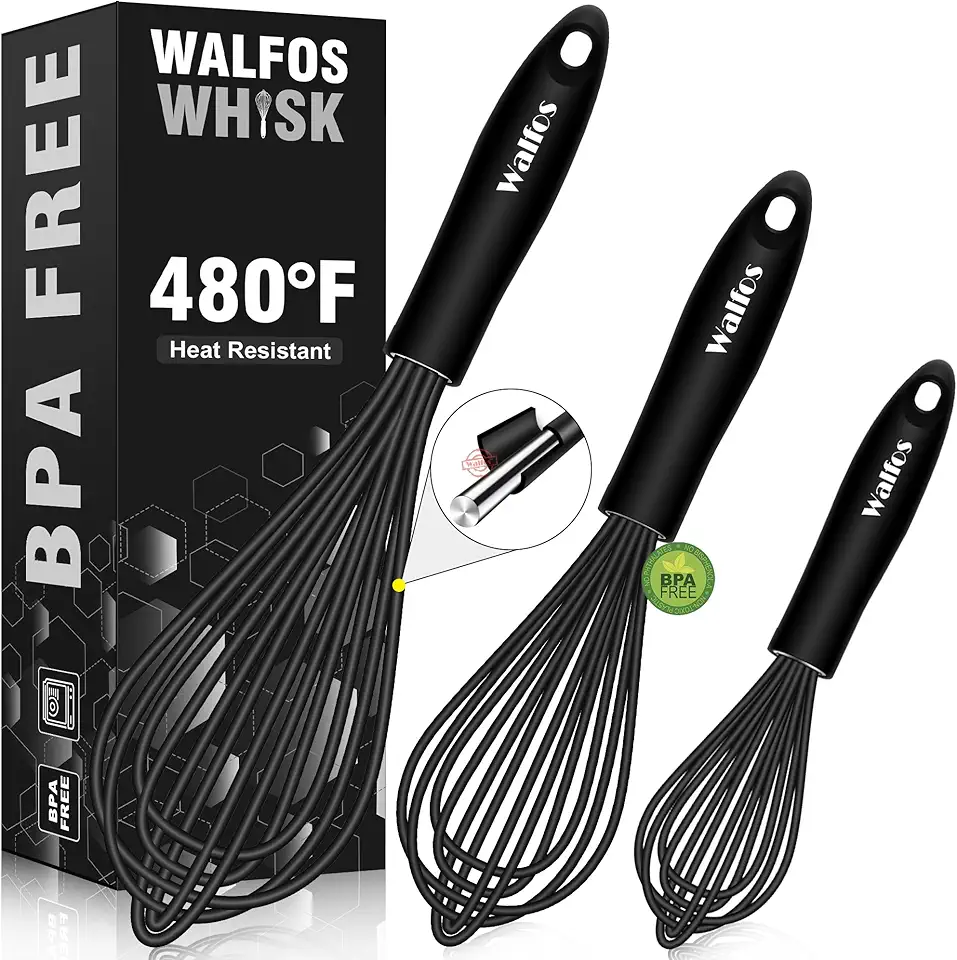 Walfos Silicone Whisk,Stainless Steel Wire Whisk Set of 3 -Heat Resistant 480°F Kitchen Whisks for Non-stick Cookware,Balloon Egg Beater Perfect for Blending,Whisking,Beating,Frothing & Stirring,Black
$11.89
$14.99
View details
Prime
Walfos Silicone Whisk,Stainless Steel Wire Whisk Set of 3 -Heat Resistant 480°F Kitchen Whisks for Non-stick Cookware,Balloon Egg Beater Perfect for Blending,Whisking,Beating,Frothing & Stirring,Black
$11.89
$14.99
View details
Prime
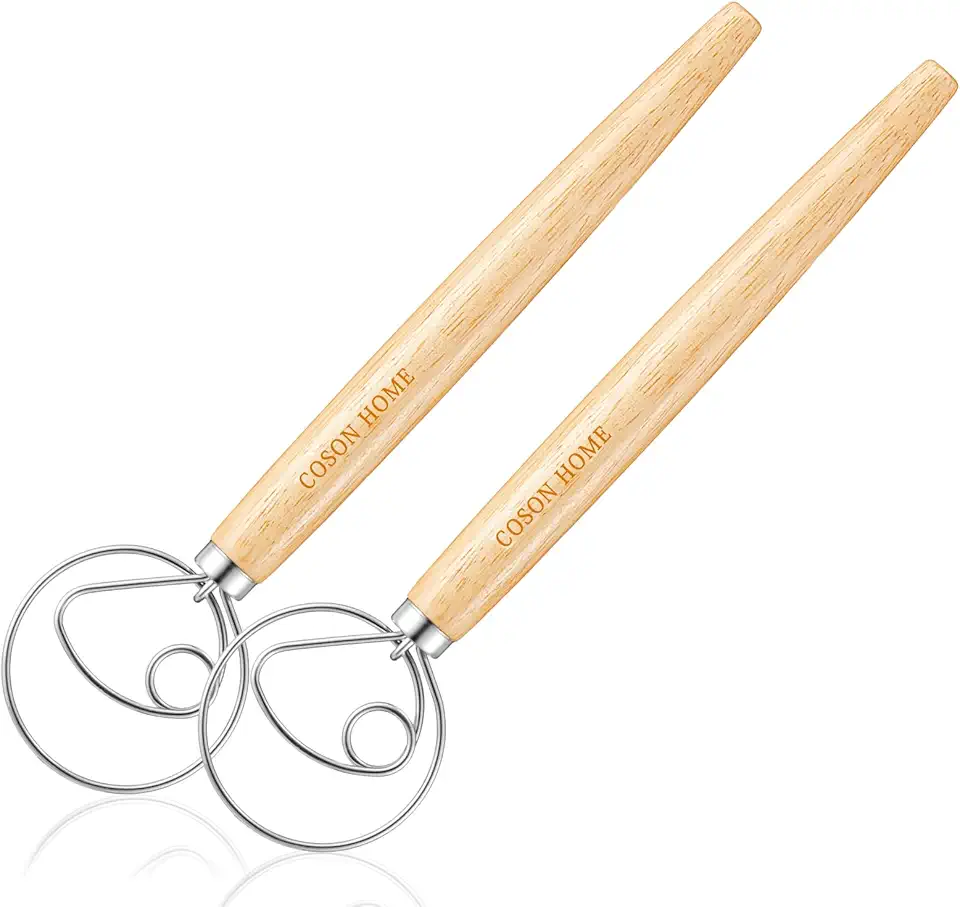 Pack of 2 Danish Dough Whisk Blender Dutch Bread Whisk Hook Wooden Hand Mixer Sourdough Baking Tools for Cake Bread Pizza Pastry Biscuits Tool Stainless Steel Ring 13.5 inches 0.22 lb/pcs…
$9.80
$14.99
View details
Pack of 2 Danish Dough Whisk Blender Dutch Bread Whisk Hook Wooden Hand Mixer Sourdough Baking Tools for Cake Bread Pizza Pastry Biscuits Tool Stainless Steel Ring 13.5 inches 0.22 lb/pcs…
$9.80
$14.99
View details
To melt ingredients without burning. A simple bowl over a pot of simmering water will suffice.
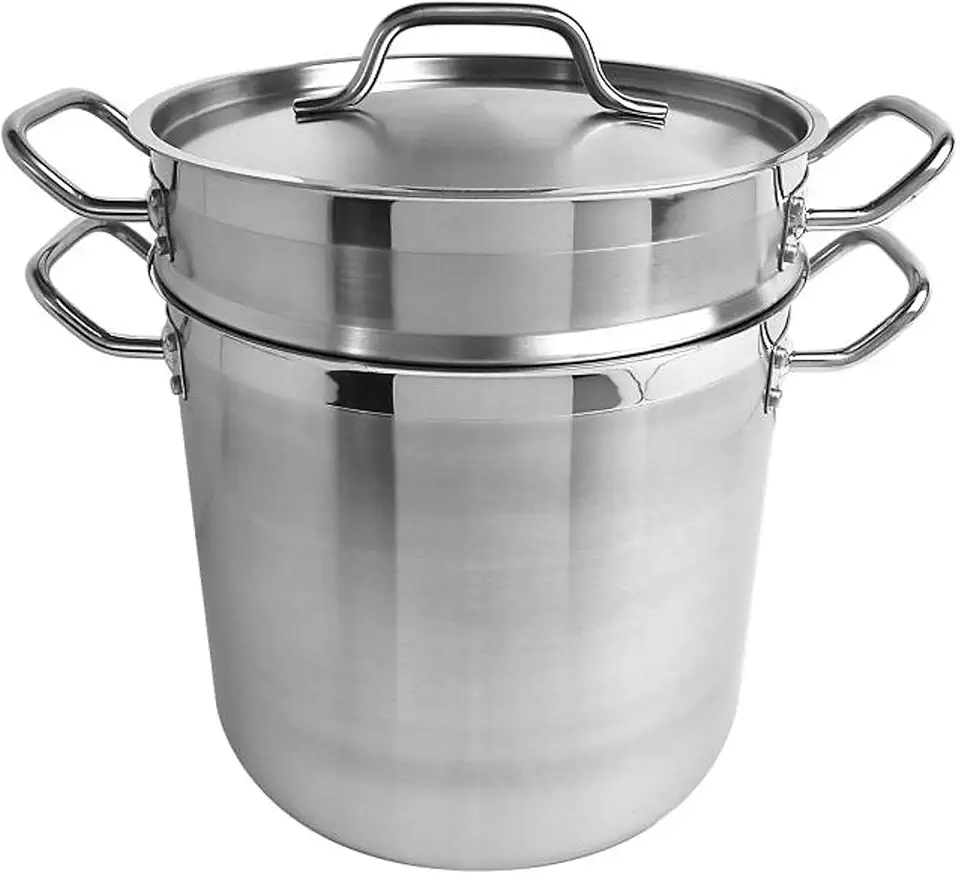 TrueCraftware-12 Quart Double Boiler Stainless Steel 3 Piece Set- Steam Melting Pot Stainless Steel Double Boiler Pot for Melting Chocolate Candy Butter and Cheese Dishwasher & Oven Safe
$138.08
View details
Prime
TrueCraftware-12 Quart Double Boiler Stainless Steel 3 Piece Set- Steam Melting Pot Stainless Steel Double Boiler Pot for Melting Chocolate Candy Butter and Cheese Dishwasher & Oven Safe
$138.08
View details
Prime
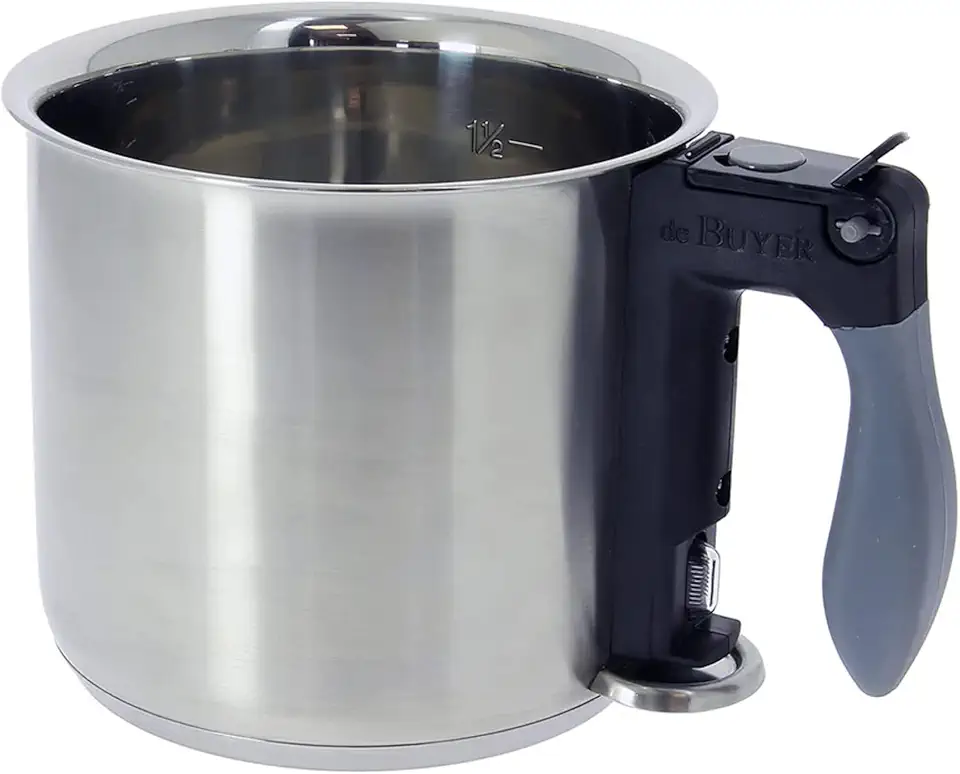 de Buyer Double Boiler Bain-Marie - 1.6 qt - Ideal for Cooking, Warming & Defrosting Delicate Foods, Including Custards & Sauces - Easy to Use
$105.00
View details
Prime
de Buyer Double Boiler Bain-Marie - 1.6 qt - Ideal for Cooking, Warming & Defrosting Delicate Foods, Including Custards & Sauces - Easy to Use
$105.00
View details
Prime
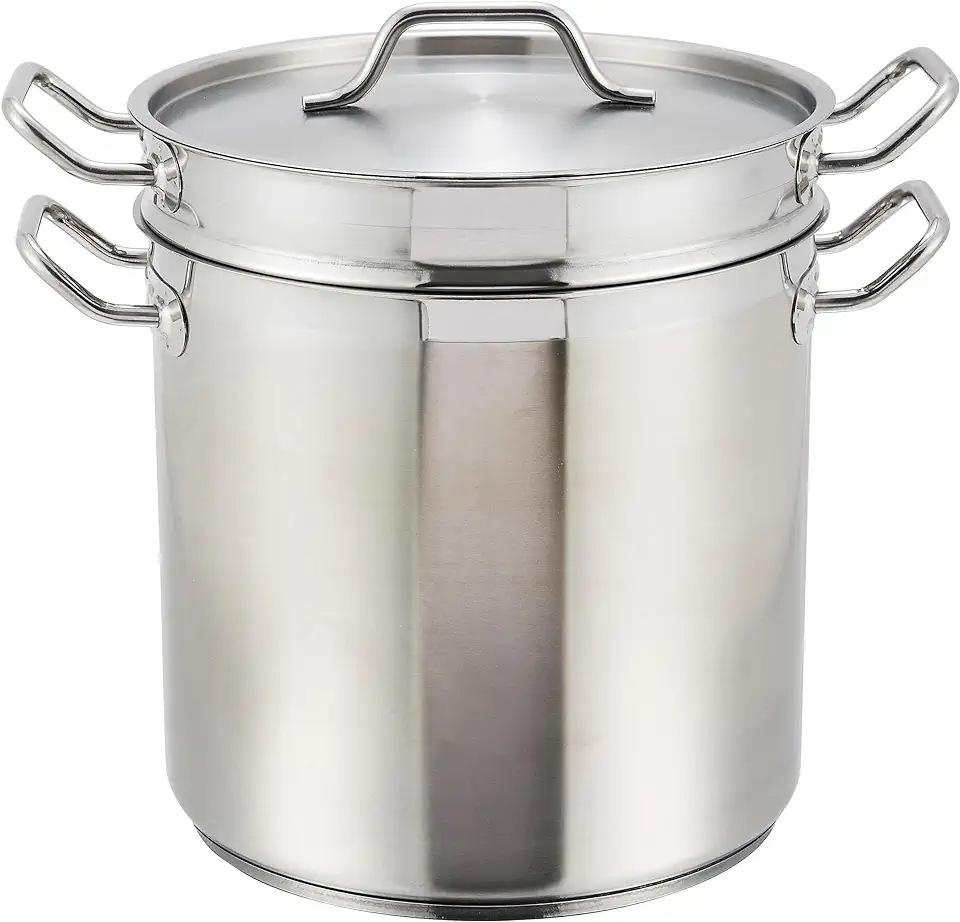 Winware Stainless DoubleBoiler, 16 Quart, stainless steel
$111.92
$125.10
View details
Winware Stainless DoubleBoiler, 16 Quart, stainless steel
$111.92
$125.10
View details
Great for rolling out even, thin layers of dough directly on parchment paper.
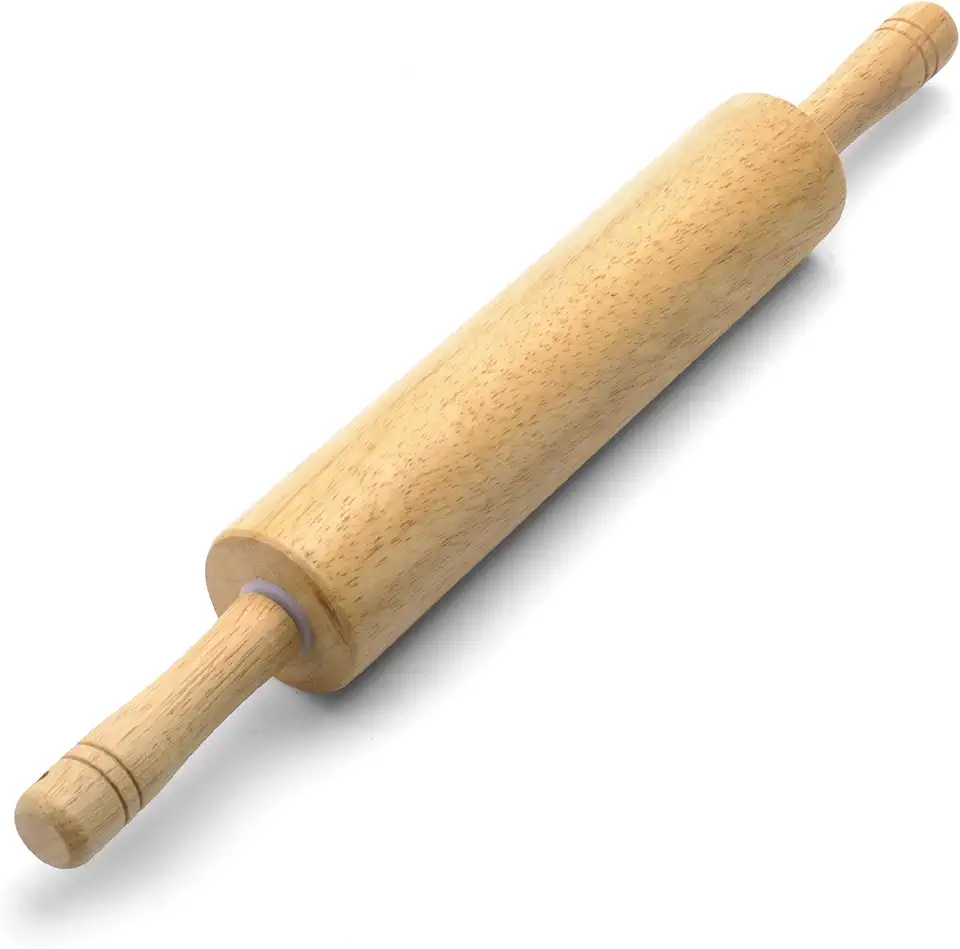 Farberware Classic Wood Rolling Pin, 17.75-Inch, Natural
$12.99
$13.99
View details
Prime
Farberware Classic Wood Rolling Pin, 17.75-Inch, Natural
$12.99
$13.99
View details
Prime
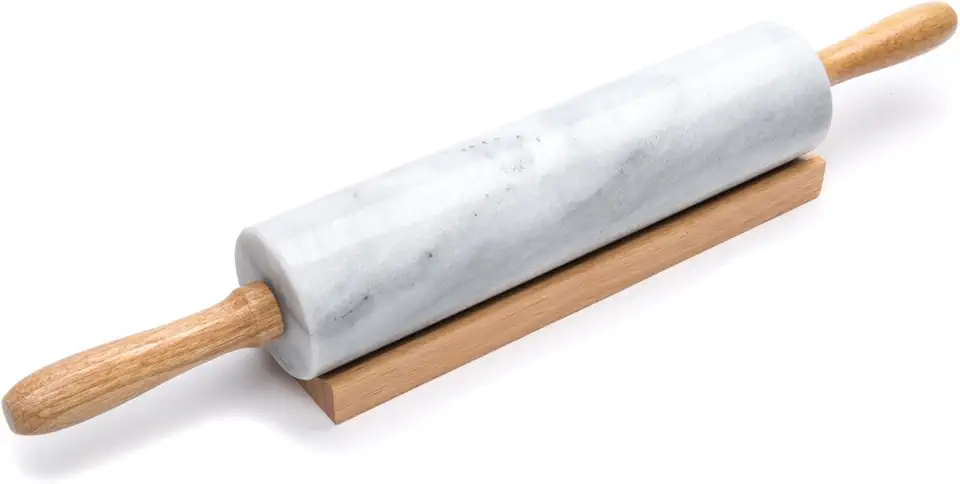 Fox Run Polished Marble Rolling Pin with Wooden Cradle, 10-Inch Barrel, White
$20.88
View details
Prime
Fox Run Polished Marble Rolling Pin with Wooden Cradle, 10-Inch Barrel, White
$20.88
View details
Prime
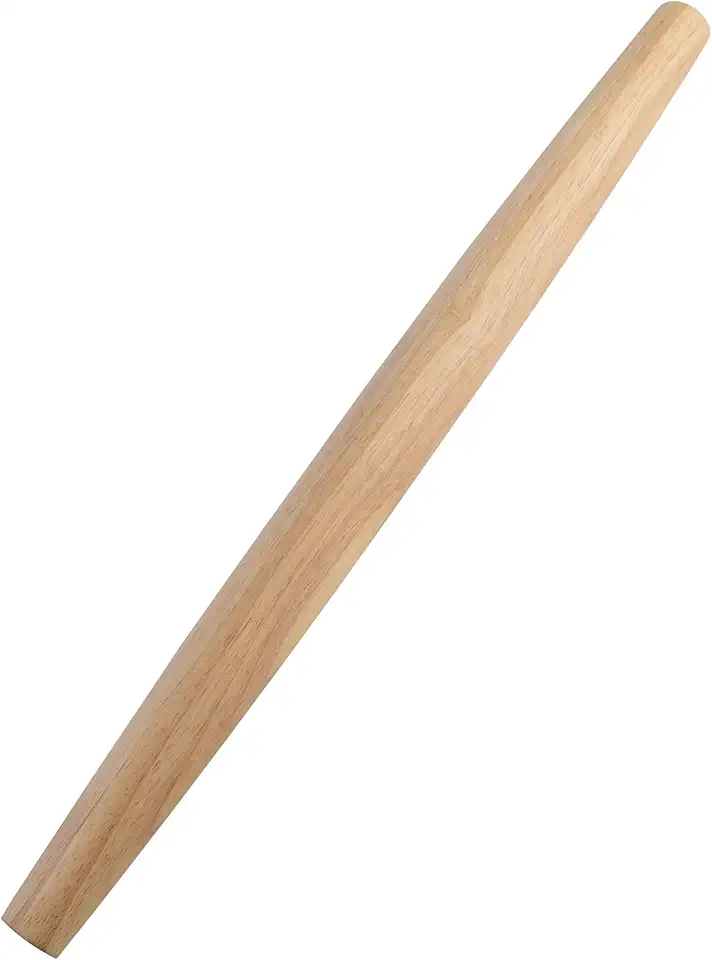 French Rolling Pin (17 Inches) –WoodenRoll Pin for Fondant, Pie Crust, Cookie, Pastry, Dough –Tapered Design & Smooth Construction - Essential Kitchen Utensil
$9.99
View details
French Rolling Pin (17 Inches) –WoodenRoll Pin for Fondant, Pie Crust, Cookie, Pastry, Dough –Tapered Design & Smooth Construction - Essential Kitchen Utensil
$9.99
View details
Use heavy-duty ones to ensure even baking of the layers.
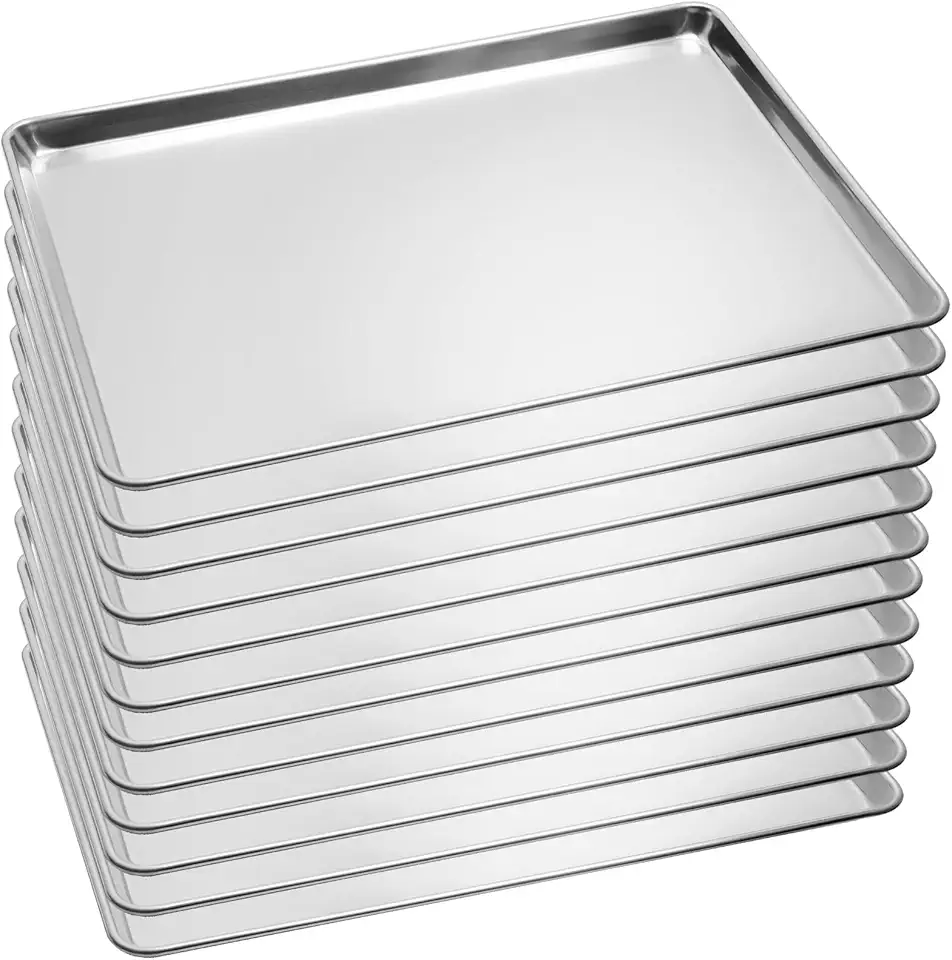 12 Pack Full Size Baking Sheet Pan Aluminum Commercial Pan for Oven Freezer Bakery Hotel Restaurant 26" × 18"
$188.99
View details
12 Pack Full Size Baking Sheet Pan Aluminum Commercial Pan for Oven Freezer Bakery Hotel Restaurant 26" × 18"
$188.99
View details
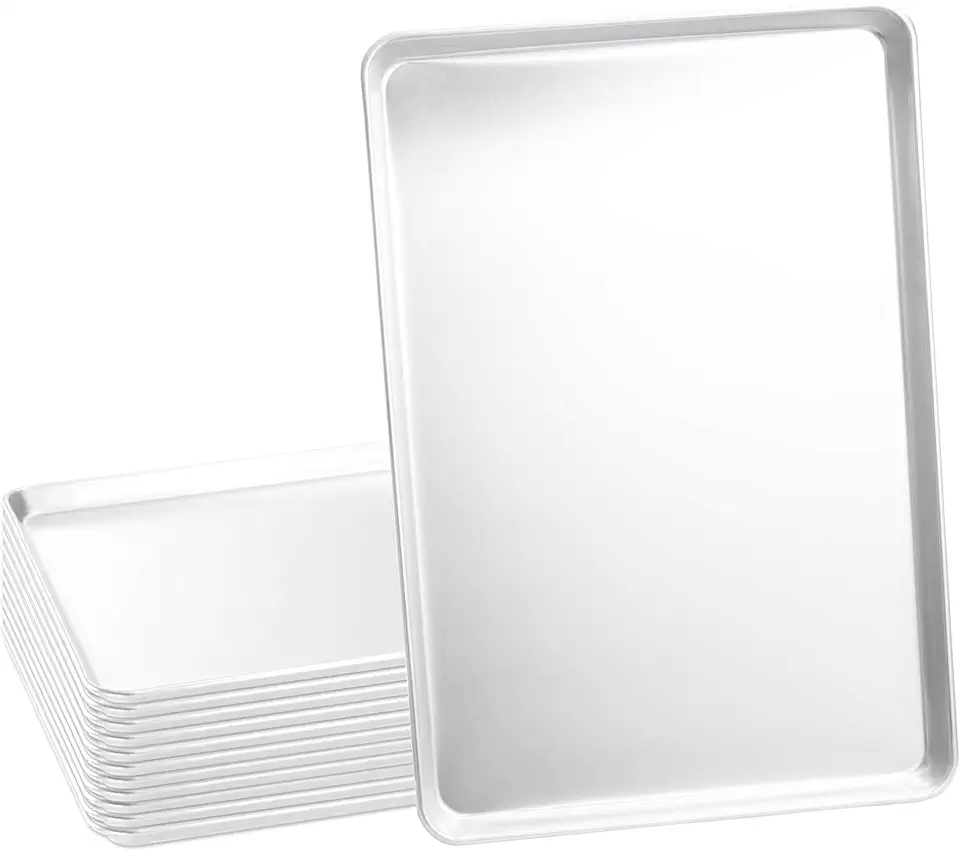 Tiger Chef Full Size 18 x 26 inch Aluminum Sheet Pan Commercial Bakery Equipment Cake Pans 19 Gauge 12 Pack
$134.99
View details
Prime
best seller
Tiger Chef Full Size 18 x 26 inch Aluminum Sheet Pan Commercial Bakery Equipment Cake Pans 19 Gauge 12 Pack
$134.99
View details
Prime
best seller
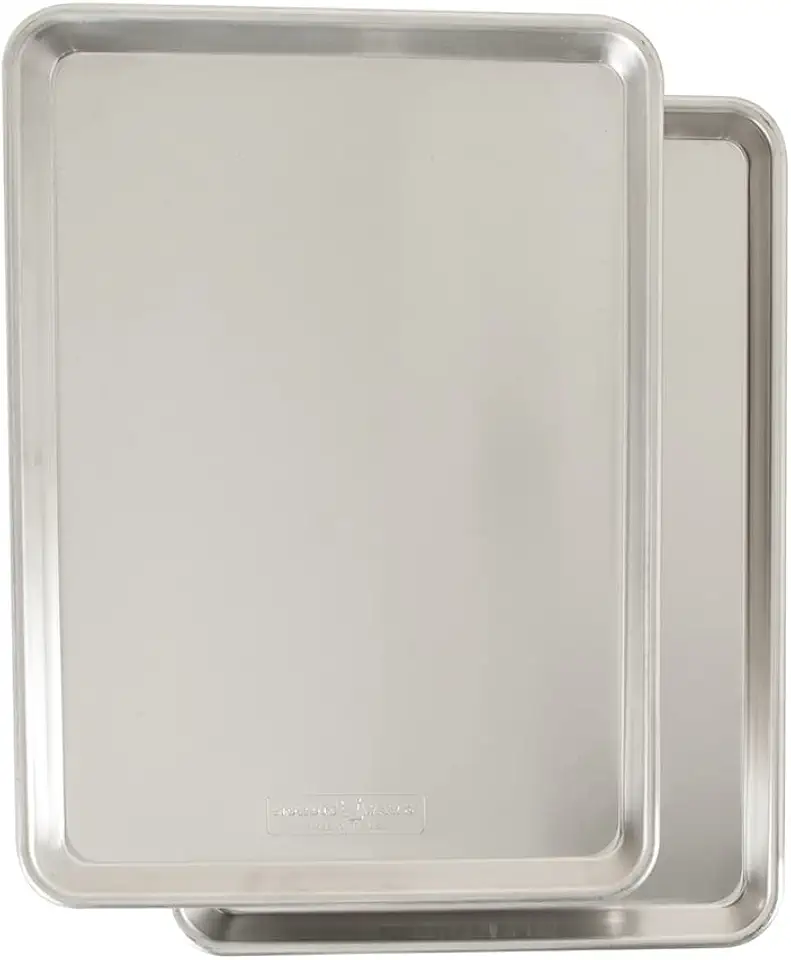 Nordic Ware Naturals Half Sheet, 2-Pack, Natural
$37.80
View details
Nordic Ware Naturals Half Sheet, 2-Pack, Natural
$37.80
View details
Allows each layer to cool thoroughly, which is key to a well-assembled cake.
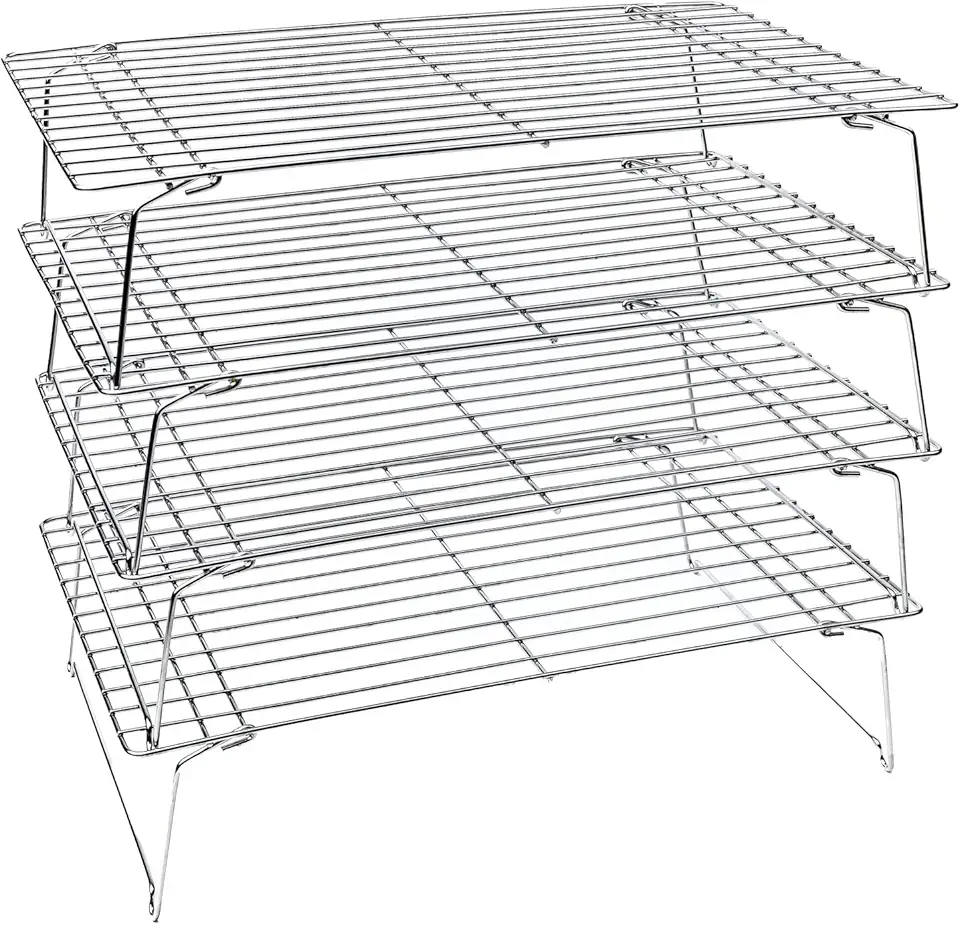 KITCHENATICS 4-Tier Stackable Cooling Racks for Baking, 100% Stainless Steel Wire Rack, Oven Safe Baking Rack, Oven Rack for Pizza, Cake, Bread, Cooling Rack for Cooking and Baking, Cookie Rack 15x10
$31.98
$45.98
View details
Prime
KITCHENATICS 4-Tier Stackable Cooling Racks for Baking, 100% Stainless Steel Wire Rack, Oven Safe Baking Rack, Oven Rack for Pizza, Cake, Bread, Cooling Rack for Cooking and Baking, Cookie Rack 15x10
$31.98
$45.98
View details
Prime
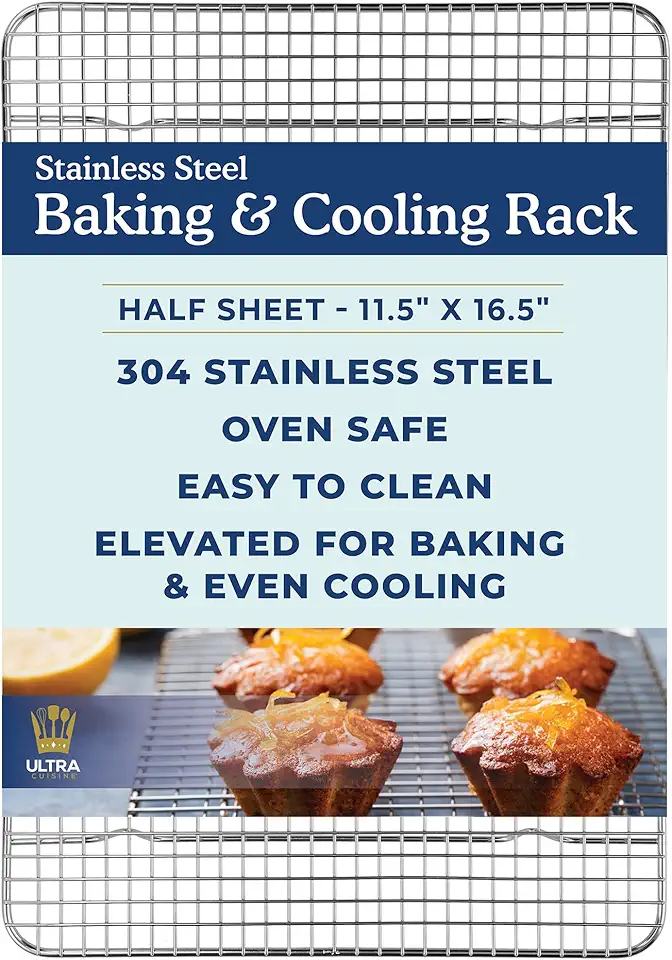 Ultra Cuisine Heavy Duty Cooling Rack for Cooking and Baking - 100% Stainless Steel Baking Rack & Wire Cooling Rack - Cookie Cooling Racks for Baking - Food Safe - Fits Half Sheet Pans - 11.5" x 16.5"
$21.99
$34.99
View details
Prime
Ultra Cuisine Heavy Duty Cooling Rack for Cooking and Baking - 100% Stainless Steel Baking Rack & Wire Cooling Rack - Cookie Cooling Racks for Baking - Food Safe - Fits Half Sheet Pans - 11.5" x 16.5"
$21.99
$34.99
View details
Prime
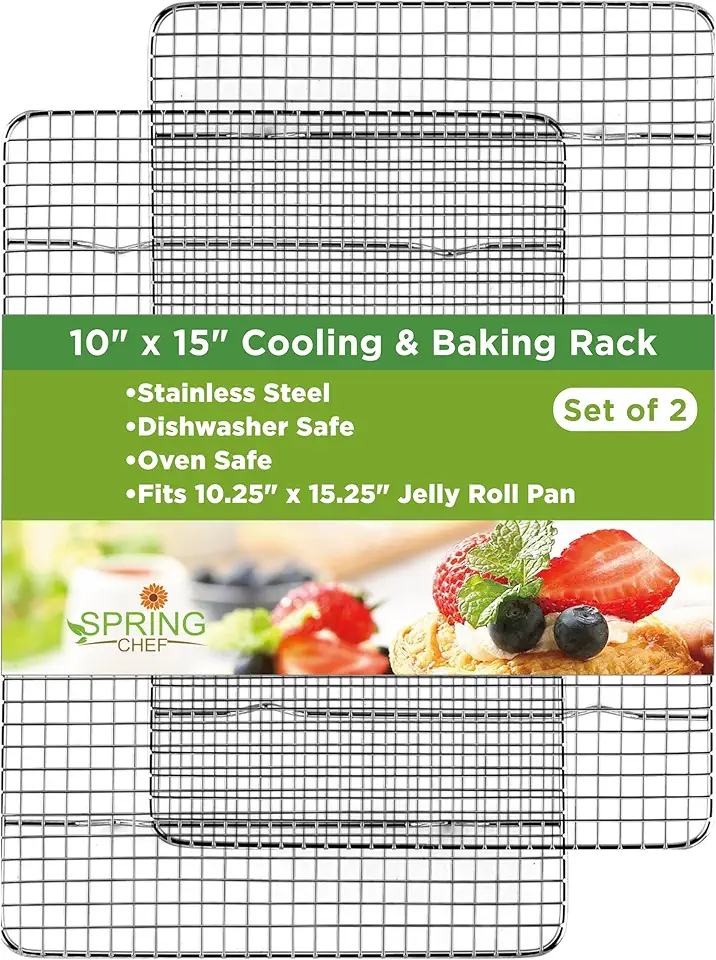 Spring Chef Cooling Rack & Baking Rack - 100% Stainless Steel Cookie Cooling Racks, Wire Rack for Baking, Oven Safe 10 x 15 Inches Fits Jelly Roll Pan - Cooling Racks for Cooking and Baking, Set of 2
$24.99
View details
Spring Chef Cooling Rack & Baking Rack - 100% Stainless Steel Cookie Cooling Racks, Wire Rack for Baking, Oven Safe 10 x 15 Inches Fits Jelly Roll Pan - Cooling Racks for Cooking and Baking, Set of 2
$24.99
View details
Perfect for spreading and leveling the creamy filling between layers.
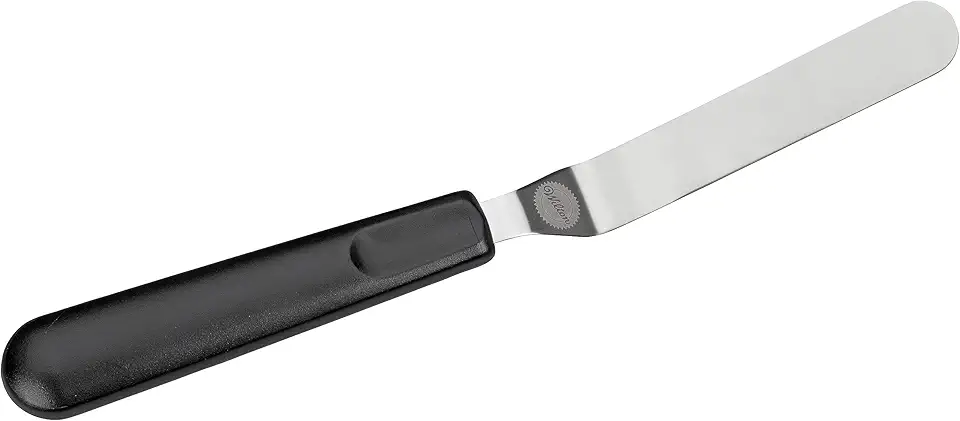 Wilton 409-7712 Angled Spatula, 9", 9 inch, Black
$5.96
$8.99
View details
Prime
Wilton 409-7712 Angled Spatula, 9", 9 inch, Black
$5.96
$8.99
View details
Prime
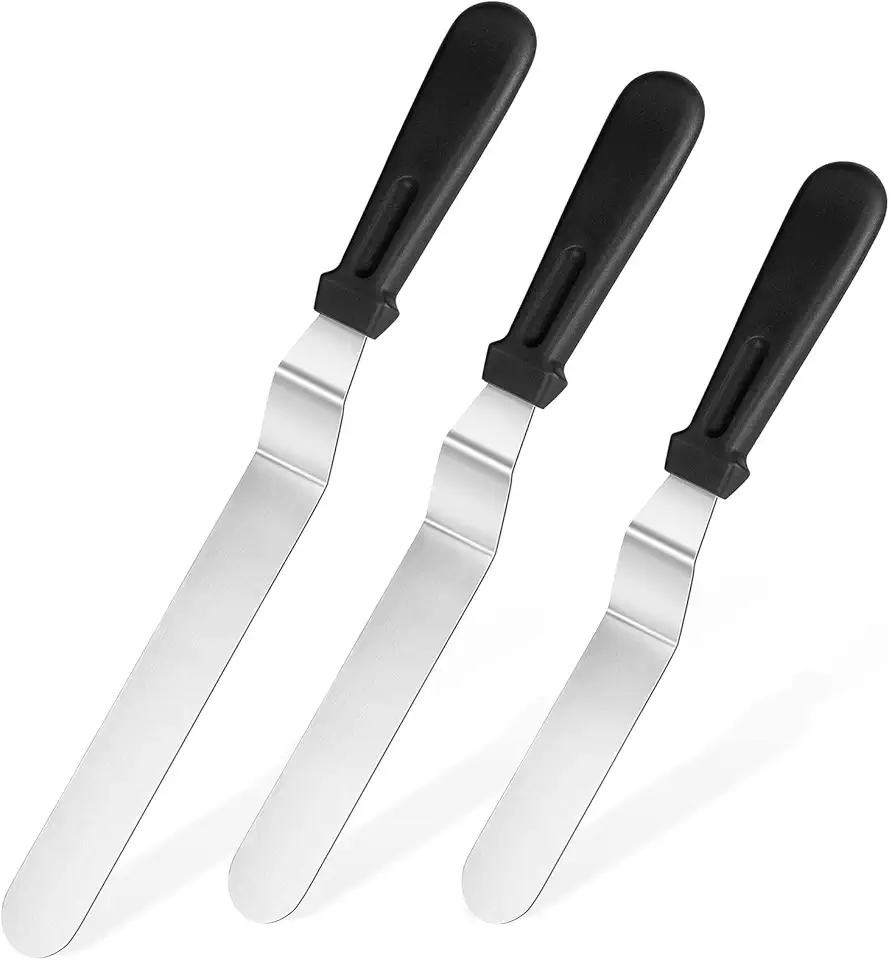 Icing Spatula, U-Taste Offset Spatula Set with 6", 8", 10" Blade,Stainless Steel Angled Cake Decorating Frosting Spatula Set of 3 (Black)
$15.99
View details
Prime
Icing Spatula, U-Taste Offset Spatula Set with 6", 8", 10" Blade,Stainless Steel Angled Cake Decorating Frosting Spatula Set of 3 (Black)
$15.99
View details
Prime
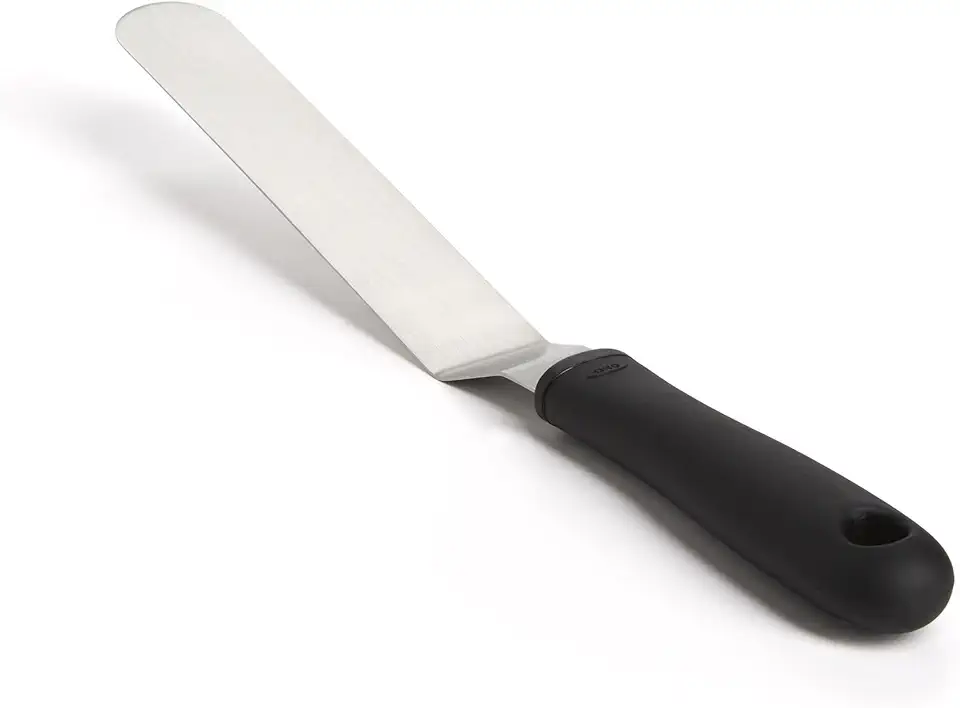 OXO Good Grips Bent Icing Spatula, Black/Silver
$11.99
View details
OXO Good Grips Bent Icing Spatula, Black/Silver
$11.99
View details
Variations
Faq
- Why did my layers turn out too thick?
It's important to roll the dough thinly and evenly on parchment paper to ensure the layers bake correctly.
- Can I make the cake ahead of time?
Absolutely! This cake actually tastes better when it sits for a while, allowing the flavors to meld. Prepare it a day in advance and store it in a cool place.
- How can I avoid lumps in the cream?
Make sure to whisk continuously while gradually adding the flour mixture to the warm milk.
- What if my glaze doesn't thicken?
Ensure all ingredients are properly measured and cooked long enough; patience is key to achieving a rich, glossy finish.
- Can I add nuts or fruits to the cake?
For experienced bakers, adding a layer of toasted nuts or dried fruits can introduce new textures and flavors. Just adjust the layer assembly accordingly.
- How do I achieve a perfectly smooth frosting?
Use room temperature butter for the whipping and an offset spatula to spread it evenly between layers and over the cake.

